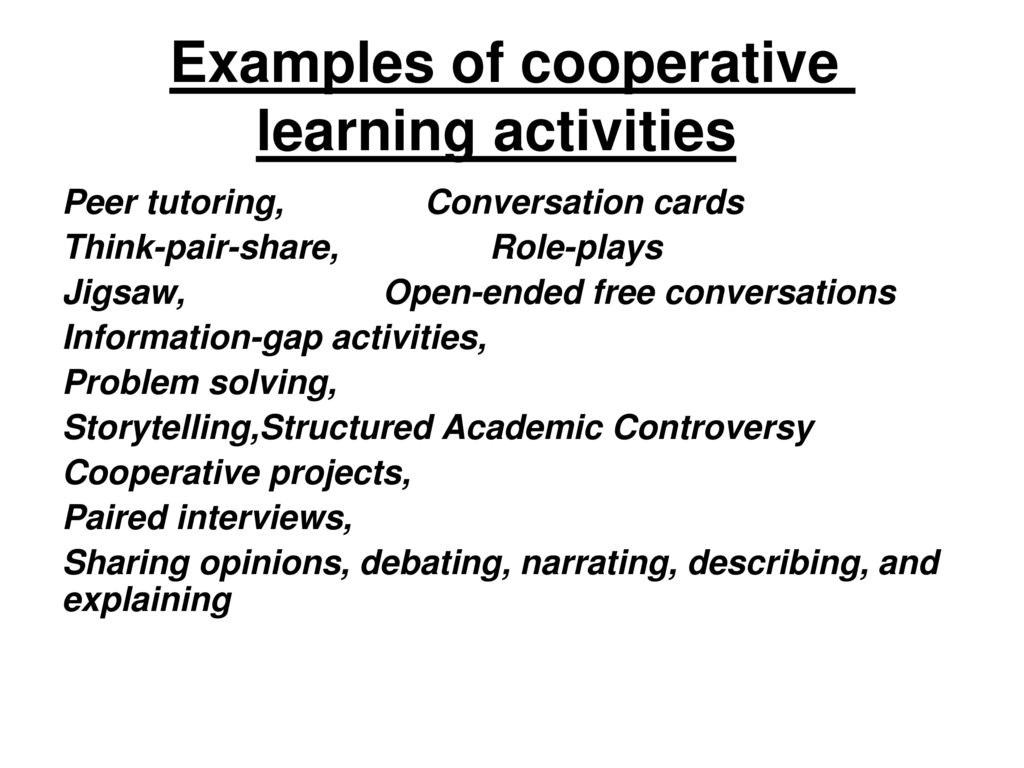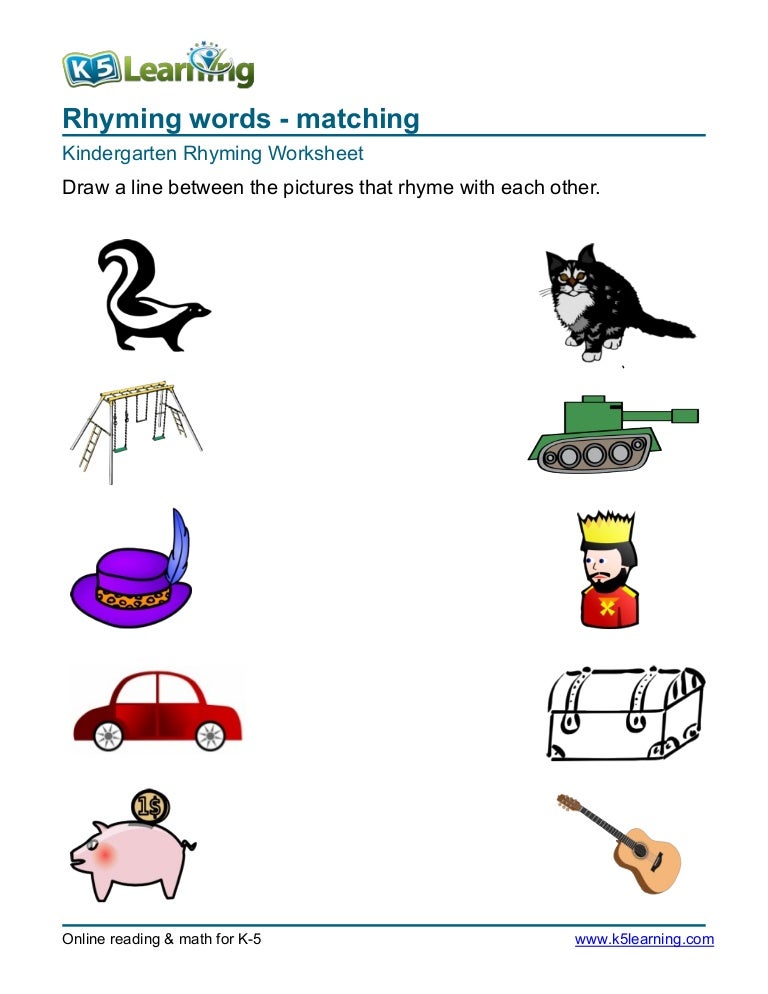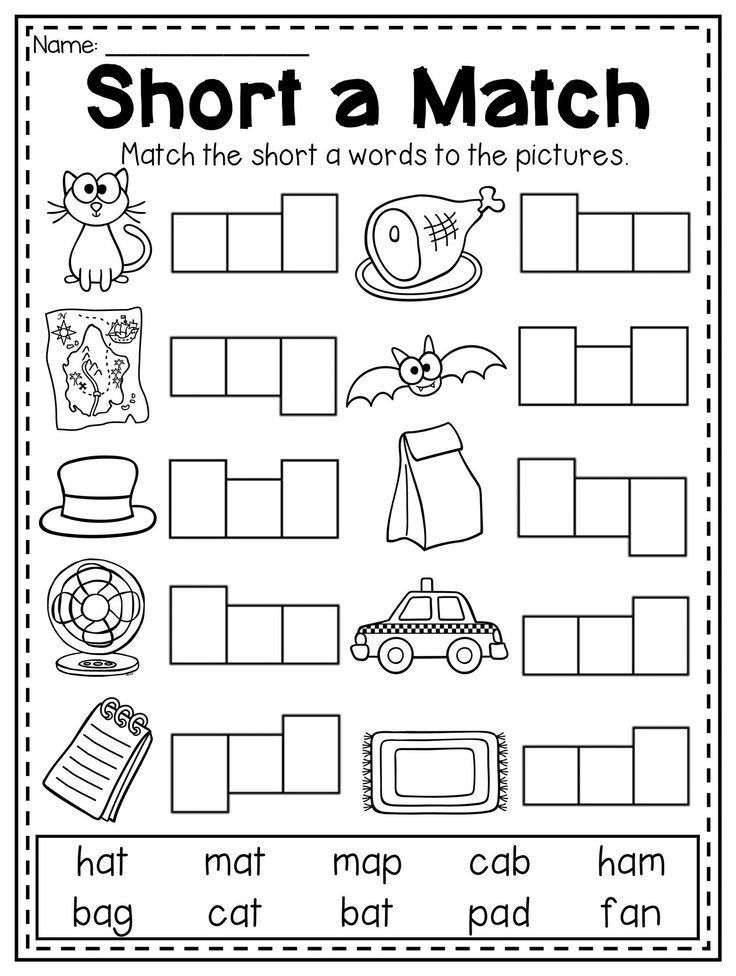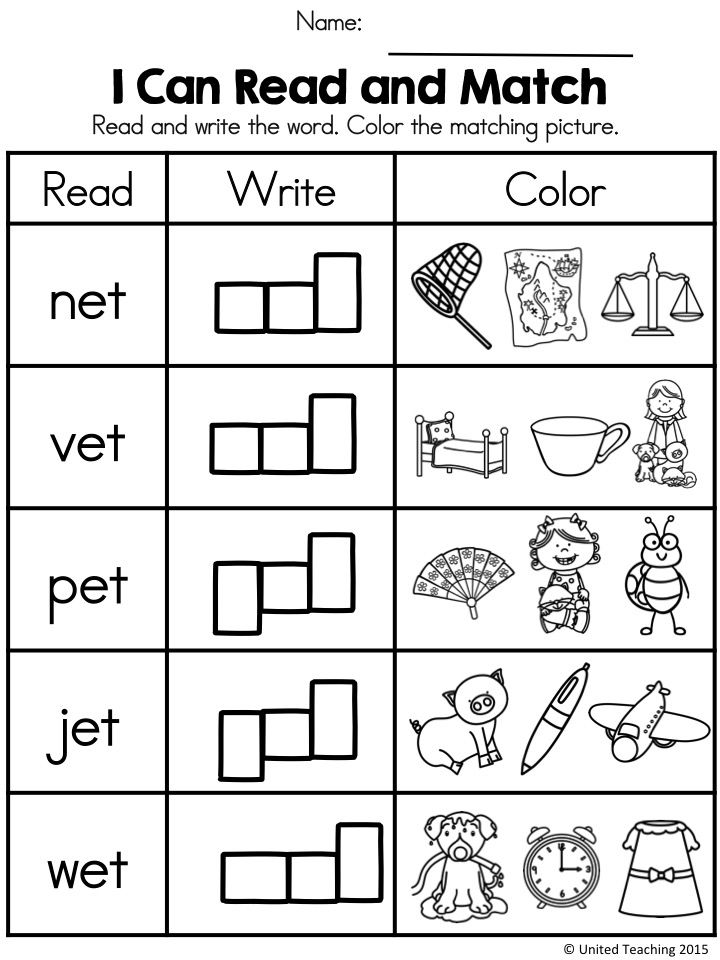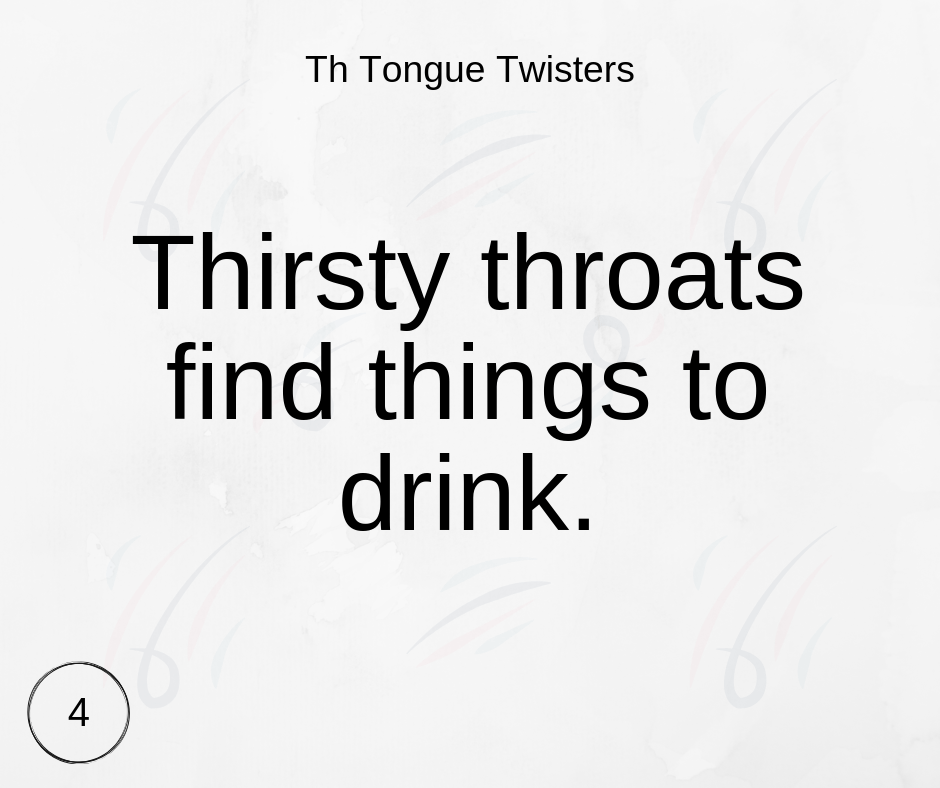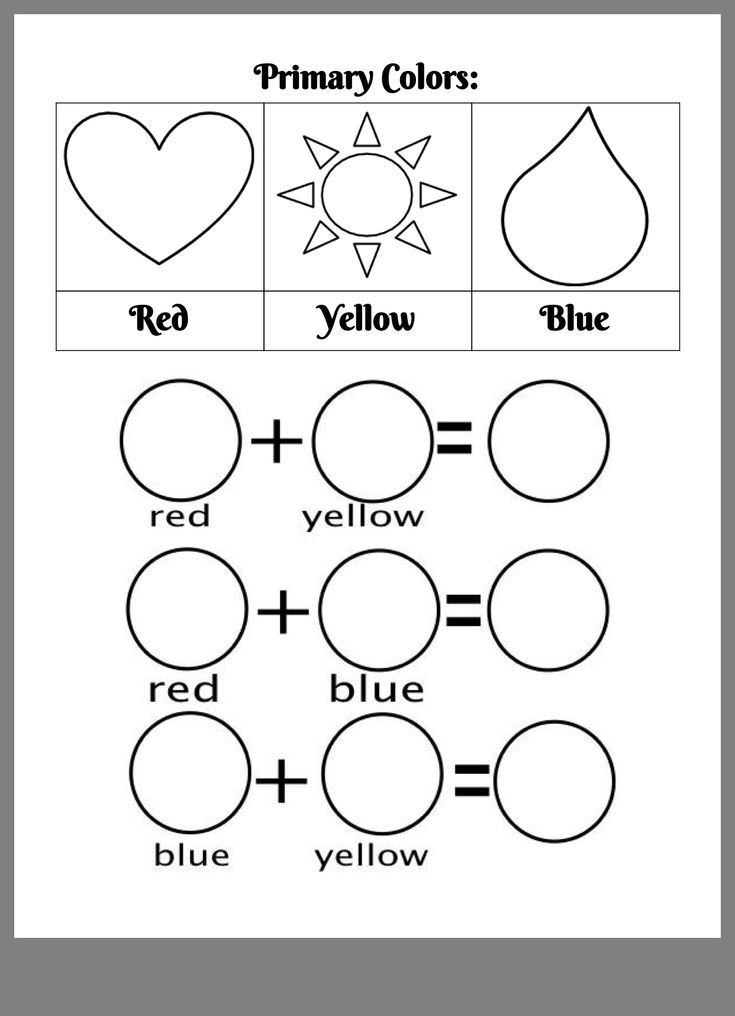Examples of cooperative games
42 Fun Cooperative Games for Kids
Disclosure: This post may contain affiliate links, meaning I get a commission if you decide to purchase through my links, at no cost to you. As an Amazon Associate, I earn from qualifying purchases. Read the full disclosure here.
Cooperative Games for KidsEveryone likes to win at games, especially young children who might have not yet learned to take minor losses in stride.
Of course, when it comes to most games, victory and defeat are twin sides of the same coin, which can create thorny situations for teachers and parents.
Fortunately, there’s an increasing number of easy and diverting solutions to this conundrum: cooperative games.
In these games, the players work together as a group to achieve a common goal, rather than playing against each other.
While victory is still not guaranteed, a cooperative game will ensure that each participant can have a great time from beginning to end. As a bonus, it’s never too early to teach children about the importance of teamwork, and games provide a fun backdrop to the lesson.
Some of these games can even double as trust-building activities for adults in the workplace. In addition, participation in these games may even help antisocial or aggressive children become more calm and relaxed in a school setting.
To help you get started, here’s a list of popular cooperative games that are both fun and simple to learn. All of them are suitable for grade-school aged children (some younger than others).
Cooperative Games for PE
1. Smaug’s Jewels
This game (based on J.R.R. Tolkien’s The Hobbit) invites players to steal the “dragon’s” jewels and make it back to their base without being captured.
First, use cones or other stationary markers to create a circle, and place one player at each marker. Place a Nerf football (or any soft object) in the center of the circle.
Choose one player to serve as “Smaug” (the dragon), and assign a number to each remaining player to divide them into teams (1, 2, or 3).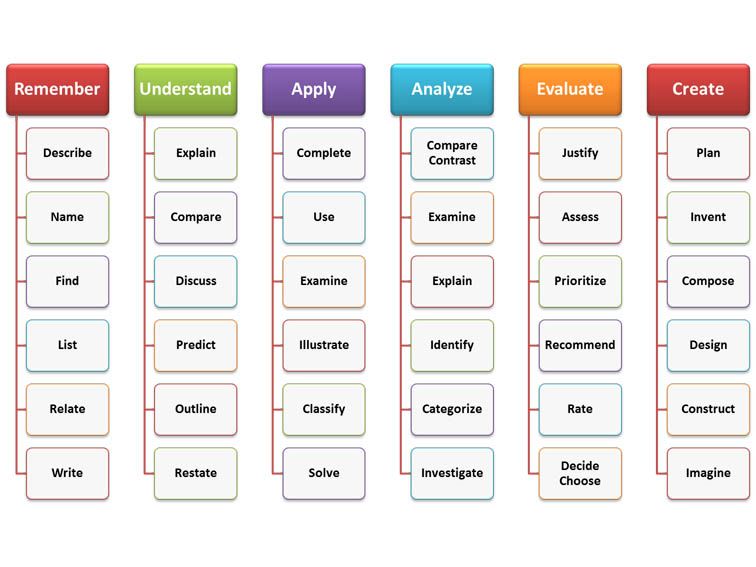
To begin play, call a team’s number. This team will have to work together in an attempt to take “Smaug’s Jewel” and return safely to their base.
If Smaug manages to tag any of the players before they get back to their base, that team’s turn ends.
When a team manages to steal the jewel, it’s time to select a different player to act as Smaug.
2. Iceberg
If you’re looking for cooperative games for PE for students in the lower grades (K-2), this is a suitable option.
First, split students into teams of 4 (or 6, depending on the size of the class and the number of playing surfaces you have on hand).
Give each team a playing surface (old sheets and tablecloths are preferred). Have each team lay out their playing surface on the floor.
When you’re ready to begin play, blow a whistle or clap your hands to alert all players to stand on their team’s playing surface. The area beyond the boundaries of the sheet are off-limits.
Once every player is on the sheet, have them move off and fold the sheet in half, repeating this process until the sheet is too small for the entire team to stand on.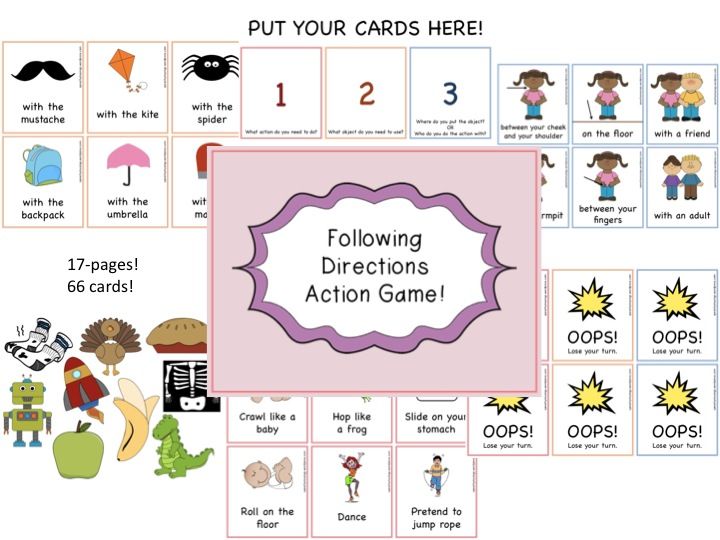
3. Space Race
The objective of this game is to collect enough “fuel sources” (bean bags) and return them to the “tanks” (small hoops or poly spots) without touching the area outside the “spaceships” (hula hoops).
Divide players up into teams of four to six, depending on group size. Scatter a total of five bean bags for each team across the playing surface. Assign each team a “home base” with five fuel tanks apiece.
Players can begin in either the center of the playing surface, or at their team’s home base.
To move across the playing surface, players must formulate a path using the hula hoops (three per team works well), gathering all team members within these safe spaces. A hoop can be moved only when there are no players currently inside it.
Once the fuel sources have been collected, they must be placed on the tanks. Tossing the bean bags is not allowed – the players must physically return to their home base.
4. Caterpillar
Note that players should be comfortable doing a forward roll before attempting this activity.
If you like, divide players into two teams (it’s fine to keep them in a single line instead).
Line up each team, single file, and have each player pass their right hand through their own legs before reaching out their left hands to take the right hand of the person in front of them.
The player in front will still have a free left hand, while the rear player has a free right hand.
Once this is done, have the first player perform a forward roll, without relinquishing the next player’s hand.
Once this player has completed his or her roll, have them sit cross-legged as the line works together to move forward.
Each subsequent player will repeat the forward roll, also sitting cross-legged when finished. The goal is to move through the entire line without breaking the chain.
5. Rope Circle
Divide players into groups of two. Have one partner tie a jump rope loosely around their own wrists (one end on the right wrist, one on the left).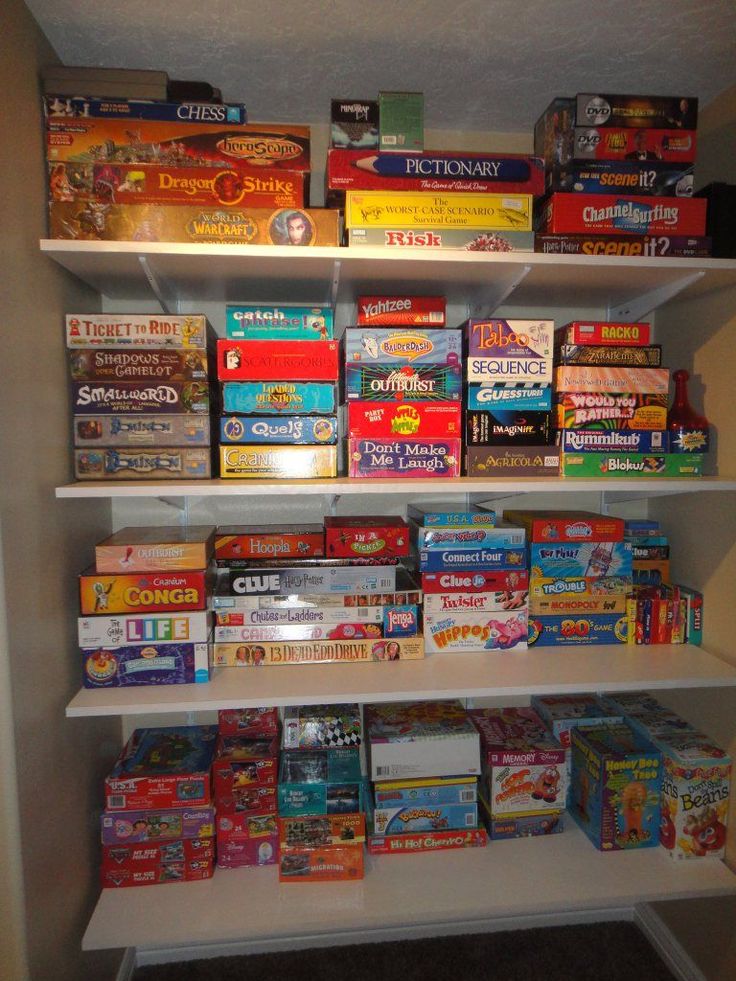
Next, have the second partner tie a second jump rope around their own left wrist, then thread the other end of rope through their partner’s “circle.” Finally, the free end should be tied to the second player’s right wrist.
The players should then attempt to separate from one another without untying the ropes or freeing themselves from their own circles. It’s up to the supervisor to make sure that the ropes aren’t being tied too tightly.
6. Ball Builders
Divide players into groups of two or three. Assign one player on each team to be the holder, and the rest to be the builders.
The objective is to see how many tennis balls the holder can hold on to at one time, without using their pockets or any other article of clothing.
Additionally, the balls cannot be touching anything aside from each other and the holder, and must be held for at least 10 seconds. Players are welcome to switch roles after a few attempts.
7. Crossing the River
This game can be played with groups of two to five participants, depending on age group.
The smaller the group, the more challenging the game becomes.The objective is to move your entire group across the “river,” or playing surface (this can be as wide as you like, but 20-30 feet is standard).
To do this, players should line up beside each other, their feet touching their closest neighbors’.
In order to cross, they must move as a group without breaking this contact. If a player’s feet loses contact with any other player’s, the entire team has to return to the starting line.
8. Shipwrecked
Divide players into teams of eight to 10 students apiece, and assign a large hoop to each team.
This hoop will act as their “spaceship.” Blow a whistle to signify the beginning of play, at which time the players will begin racing with their ship toward the finish line.
Note that all team members must be touching the ship at all times during this portion of play.When you call out “Shipwrecked,” the players all must set their ship down and attempt to get within the circle.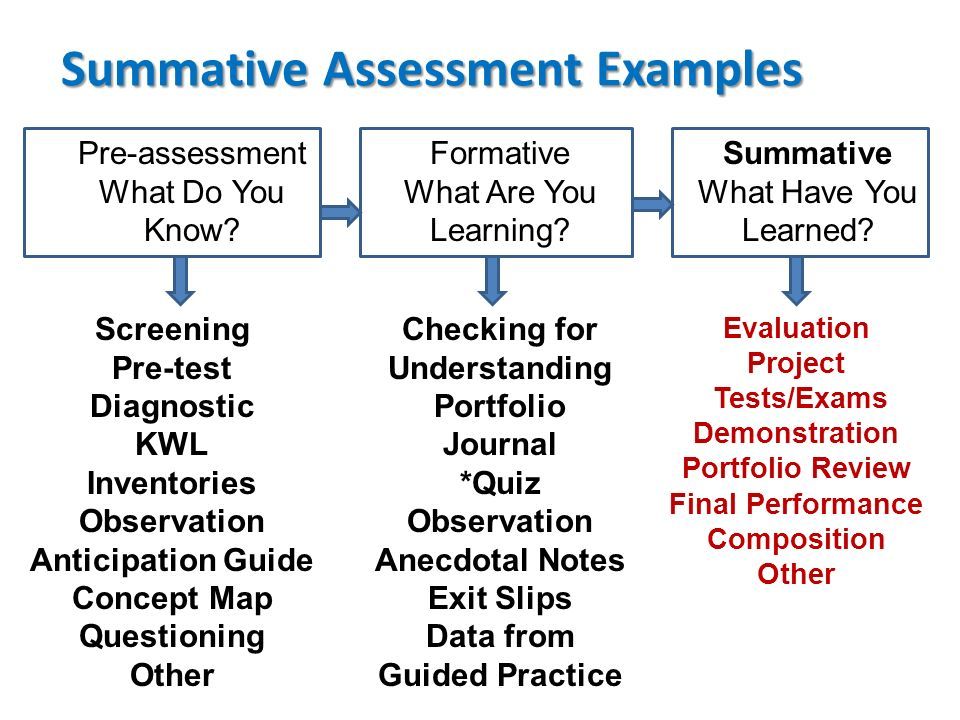
The first team to get every player on board earns one point, and the first team to cross the finish line earns two points. The team with the most points is the winner of that particular “voyage.”
9. Knots
To play this game, divide players into teams of six, and have each team form a circle.
Instruct players to hold hands with two others (they can’t hold both hands of the same player), making sure that no one’s hands are joined with their closest neighbors’.
Once this is done, blow a whistle to signal that it’s time for the “knot” to begin unraveling. All hands must remain joined until the team is standing in a circle, or in two intertwined circles.
10. Frenzy
This is a fun way for students to let out pent-up energy on a rainy day.Invite players to scatter across the playing area (the gymnasium is the preferred venue).
Next, toss out as many balls (or balloons) as there are players. The participants will then attempt to keep the balls (known here as “rabid nuggets”) in constant movement.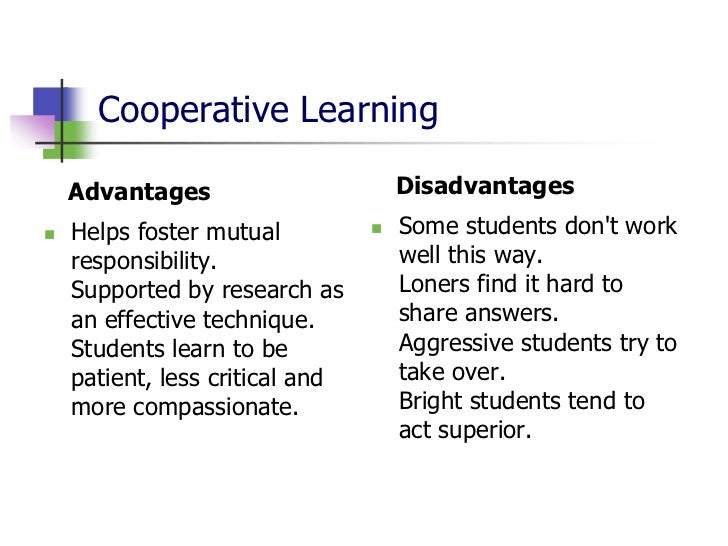
Instructors should stand at either end of the gym to keep an eye out for “hectics,” or balls that stop moving.
Once you’ve spotted one, yell out “HECTIC!” and point to the offending object. Players are then given a set period of time (say, five seconds) to get the hectic moving again.
Once five hectics have been spotted, the “frenzy” is over. Time each frenzy to see how long the players are able to make one last.
To keep things more interesting, toss another rabid nugget into the fray every 10 seconds or so.
11. Group Juggle
Even students who aren’t skilled at juggling on their own can be successful at this cooperative activity.
To begin, split the class into teams of at least 5 (try to stick with odd-numbered teams). Have all players form a circle, facing one another.
One player should then be given a ball, which he will throw to any team member who isn’t standing directly to his right or left.
The next player repeats this step, and so on and so forth, until the ball returns to the starting player.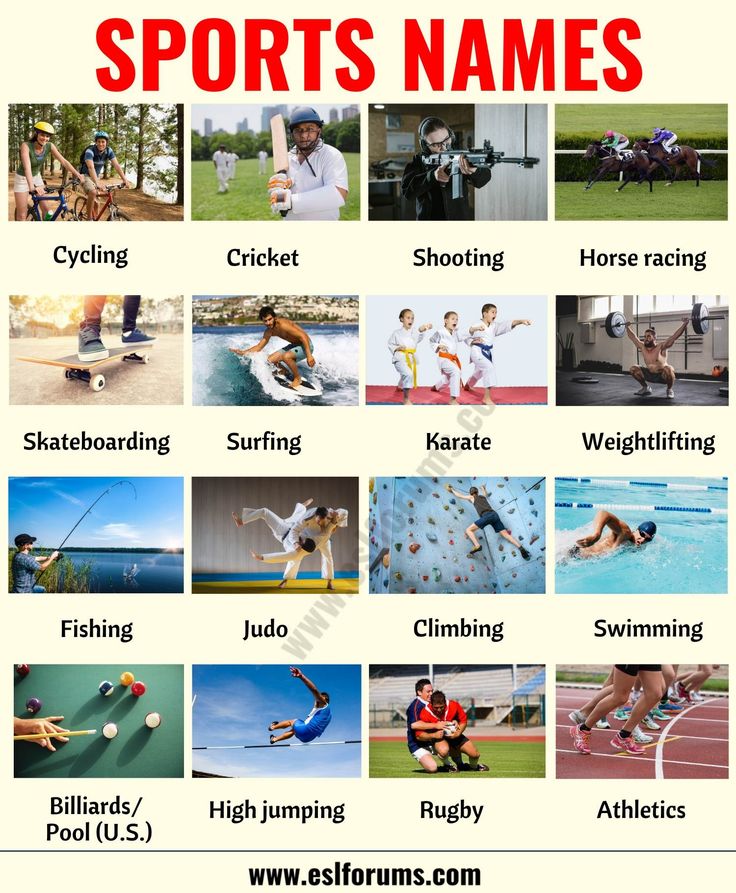
Once this happens, have the players attempt to pass the ball in the same sequence as before. Once a rhythm has been established, continue by adding more balls to the circle.
12. Birds of a Feather
In advance, make up a series of index cards printed with the names of various animals (two for each animal you choose).
Be sure that each creature has a distinctive sound that children will likely be familiar with.
To play, have each student draw a card from the pile. Turn them loose in a safe playing field, encouraging them to keep their eyes closed during play.
Have them imitate their designated animal, repeating the sounds until they locate the student who shares the same animal.
Once this happens, the pair is welcome to open their eyes. The game is over when all of the pairs have been matched up.
13. Amoeba Advance
This game requires splitting the class up into two equal teams. Once you’ve done that, invite half the team to form a circle by joining their elbows, and have the rest of the team wedge themselves inside the circle.
When both teams have formed their makeshift amoebas, blow a whistle to signify the start of play. The teams will then attempt to make it to the finish line without breaking up the group.
If the amoeba should dissolve during the attempt, the team must repair itself before it can move forward.
14. Magnificent Marbles
In advance, designate a large circle to serve as the giant marble ring. Place three or four partially deflated beach balls and an equal number of smaller targets (like multicolored poly spots) within the playing circle.
To begin play, have ready a supply of bean bags. Invite participants to stand outside the circle and use the bean bags to nudge the balls as close to the smaller target areas as possible.
Players are not permitted inside the playing circle; if a bean bag gets stuck inside, they may attempt to retrieve it only by throwing another bean bag in to try and knock it out.
15. Dry Marco Polo
This activity is a good one to use as an icebreaker on the first day of gym class.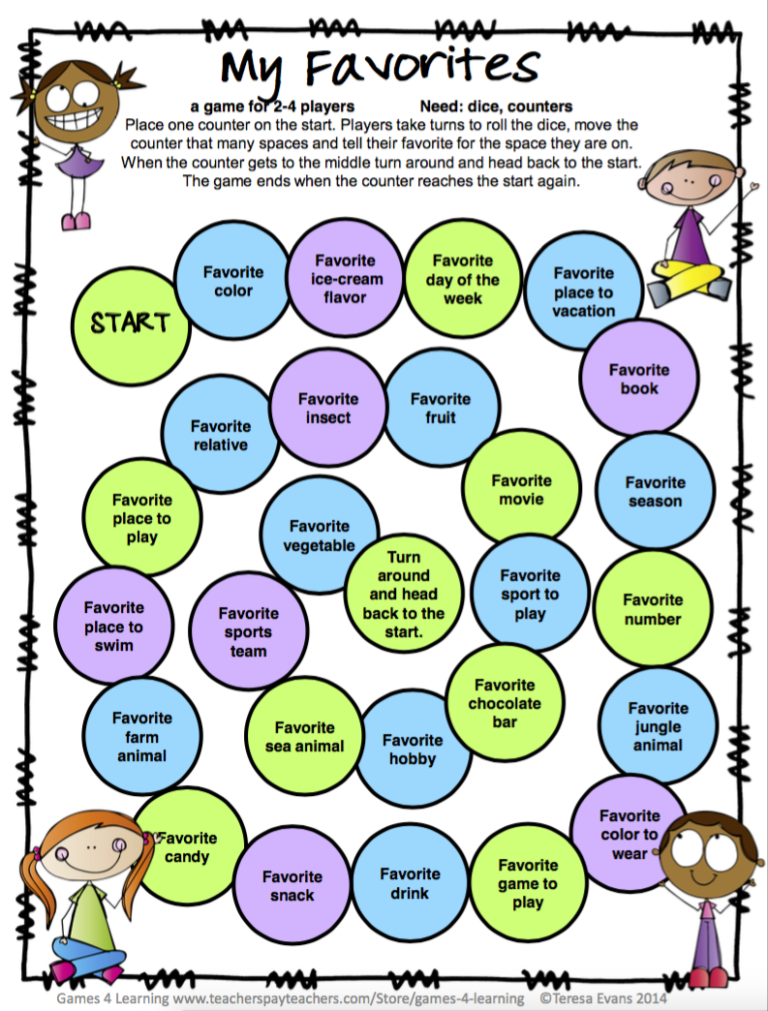 It bears a resemblance to Birds of a Feather, only students are given a larger role in the setup.Divide students into pairs.
It bears a resemblance to Birds of a Feather, only students are given a larger role in the setup.Divide students into pairs.
Each group must then choose either a compound word or a group of words that work together in some way (i.e., “suit” and “case” or “cheese” and “whiz”).
The relationship between the two words doesn’t really matter, as long as both partners agree on which ones to use. One player should be assigned one word, with their partner taking on the other.
Invite each team to share their chosen words with the rest of the class. Not only does this provide the group with a fun sharing activity, it will help to ensure that each word pairing is unique.
Next, have the students scatter to various areas within a safe playing field. Ask them to close their eyes (or use blindfolds if necessary).
Blow a whistle to signify the start of play, at which time the players should begin calling out their assigned words. Once the partners have found one another, they’re invited to open their eyes (or remove their blindfolds) and watch the rest of the group.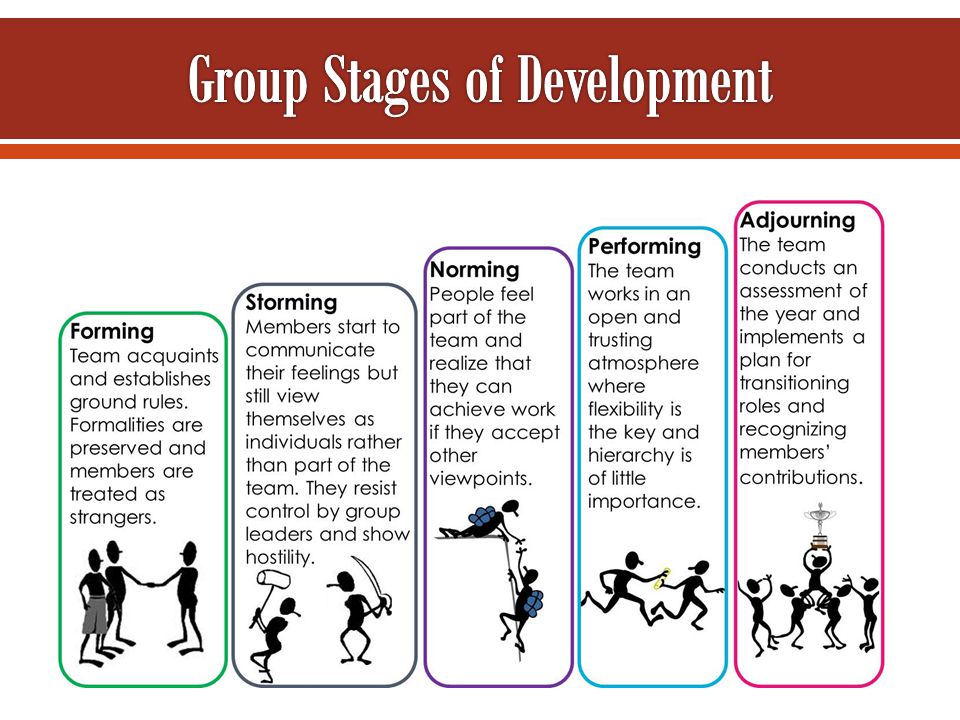
Cooperative Board Games for Kids
16. Mmm!
The object of this game, in which the players are represented by a group of mice, is to “finish” all the food in the pantry before the hungry cat breaks up the party.
There are three six-sided dice, all printed with five different types of food and one X; and a playing surface, featuring the same food images and, of course, the cat.
On a single player’s turn, he or she will roll all three dice. If all three are X’s, the cat moves one step closer to the pantry, and the player’s turn is over.
If the dice turn up any food images, the player must place at least one die on the corresponding food square located on the board.
They may then choose to re-roll the remaining dice in an attempt to “finish” the chosen food. If they are unable to do so on their subsequent roll, the player’s turn ends with the cat moving one step closer.
The player is permitted to go on rolling the dice for as long as he or she is able to place at least one die on the board.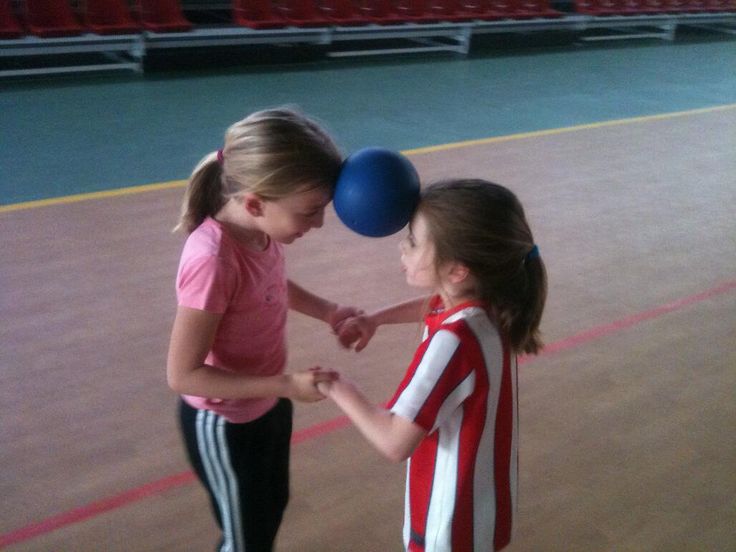
If the cat reaches the pantry while there’s still unfinished food on the board, the game has been lost. If, however, the team manages to finish all the food, then they’ve won.
The reverse side of the playing surface offers a more challenging version of the same principle.
17. Stack Up!
As cooperative board games go, this one is as simple as it gets. During play, players take turns spinning a color-coded dial and stacking blocks of the corresponding color.
The objective is to stack twelve blocks without landing on the “Stack Smasher” when the dial is spun.
The dial also contains challenges to make the game more interesting – for example, players might have to stack while singing “Happy Birthday.”
There are three levels of difficulty, so if the game becomes too dull for young players, they’re welcome to ramp it up.
18. Race to the Treasure
Like Candy Land, Race to the Treasure requires no reading, and the rules are easy enough for toddlers to follow.
Players take turns drawing tiles from a sack, indicating either a section of a path or a picture of the dreaded Ogre who guards the treasure.
The objective is to make a path to the three keys that will unlock the treasure, before forging a path to the final goal: the treasure itself.
Meanwhile, each Ogre tile will move him closer to the prize. If he gets there first, the team loses. If they reach the treasure before the Ogre does, they win.
19. Hoot Owl Hoot!
The concept between Hoot Owl Hoot! is that it’s nighttime, and all the owls are out on the hunt.
The objective is to get them all safely back to the nest before sunrise.To begin, a token representing the sun is placed on its corresponding track, while three owls are placed on a track of their own.
Each player then receives three cards, which will be placed face up in front of them.
The deck includes 50 cards, 36 of which represent colors, and 14 of which represent the sun.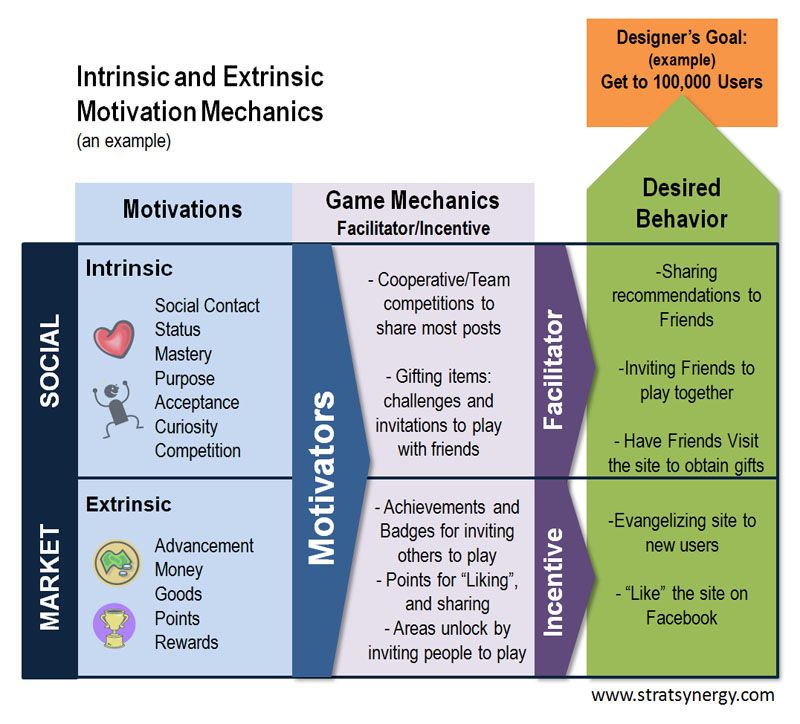
When a player receives a sun card, they must use it to move the sun token forward one space on the board, after which they discard the sun card.
If a player has all color cards on their turn, they must discard one and move one of the owls to the first available open space in the corresponding color.
If one of the owls surpasses another owl on the board, the players all make a hooting sound to cheer it on. If all of the owls have made it back to the nest before the sun completes its track, then the team wins!
To make the game more challenging, add more owls to the board at the start of play (the game includes six owls total).
20. Pandemic
The concept behind this popular game is compelling, if somewhat frightening to children under the age of eight: Your team is tasked with fighting a series of dangerous viruses that are spreading across the world.
Players must travel to different areas of the globe to offer treatment to those infected, and also to build research stations in the attempt to find cures for the various diseases.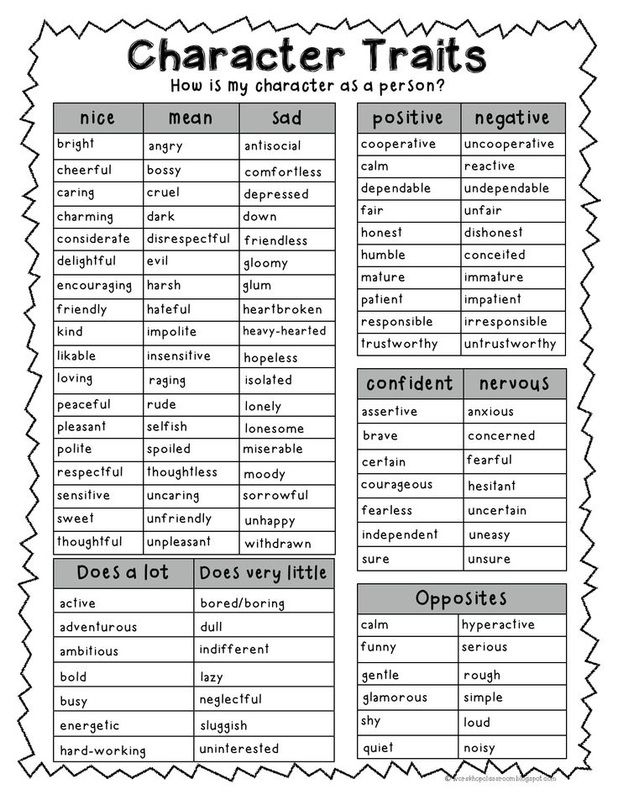
Two decks of cards (one benign, one “Epidemic!”) control the courses of the viruses, and participants must work together to coordinate a successful plan.
21. Feed the Woozle
Instead of working against a common enemy, participants in this lighthearted adventure are trying to keep the mythical “Woozle” fed so he won’t go hungry.
Players are invited to feed the Woozle the number of snacks that appears on the die during their turn.
To make play more challenging, they’re also tasked with making sure the snacks remain on the spoon during transfer (he won’t eat them otherwise, and they won’t count towards the total).
Once he’s been fed, the player takes a “yummy card” from the stack to indicate how many treats he’s gotten so far.
The next player then repeats the process, until all the snacks are gone. If the Woozle has gotten 12, then the team wins; if not, the beast remains hungry until the next round of play.
22. Ghost Fightin’ Treasure Hunters
This game is similar to Race to the Treasure!, but the setup is slightly different.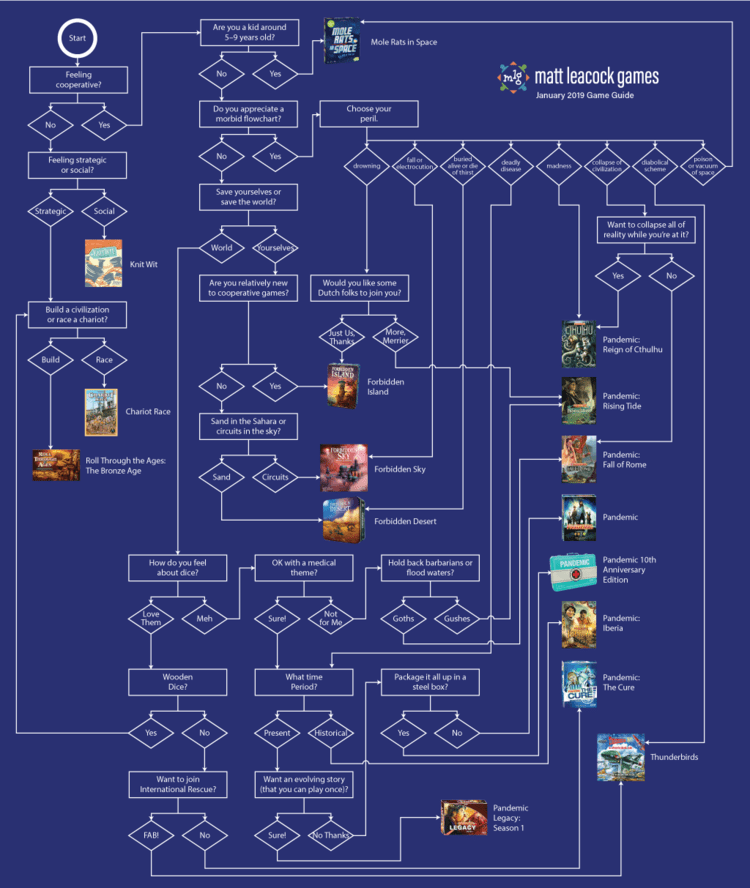
Participants join forces in an attempt to recover treasure from a haunted house before the place becomes overrun by ghouls.
Along the way, they have to evade these same ghouls through a combination of wit, teamwork, and skill.
23. Flashpoint Fire Rescue
In Flashpoint Fire Rescue, players are trying to save a city from the threat of a spreading fire. The team is outfitted with basic equipment, and tasked with rescuing a number of civilians from the burning buildings.
As the fire spreads, pathways to the victims may become blocked, making the task that much more difficult.
There are two skill levels for Flashpoint Fire Rescue: basic and advanced. When playing with very young children, you might want to tone down the intensity of the threat, even though it’s make-believe to begin with.
For example, if you fail to save the building, you can explain that a rival team managed to save the people inside instead.
24. Harvest Time
This one is geared toward very young children—even preschoolers can get in on the fun.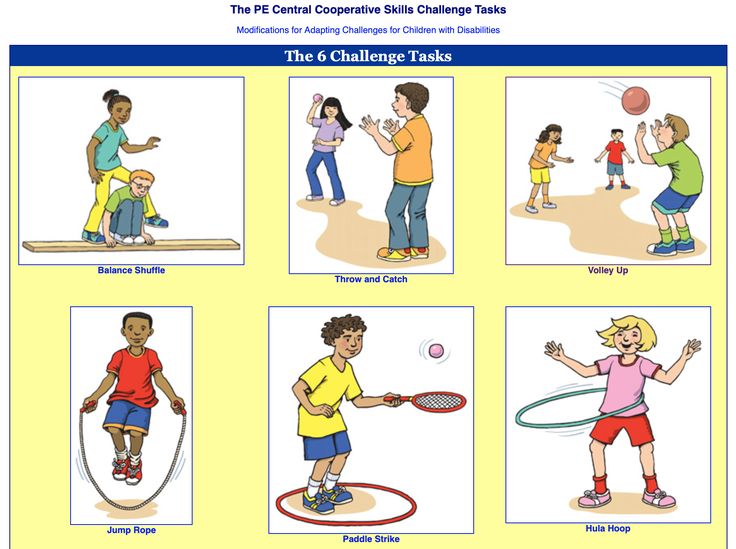
The playing surface is a basic board, depicting a farmhouse surrounded by acres of crops, along with various homegrown vegetables The object is to gather the entire harvest before winter sets in and destroys the crops.
Families who live in rural areas may appreciate this one the most, as it teaches valuable life skills that are bound to come in handy later.
25. Granny’s House
Another game aimed at the preschool set, this one inviting the tykes to set out on an adventure to Granny’s House while encountering a number of troublesome obstacles along the way.
The board is reminiscent of old favorites like Candy Land and Chutes and Ladders, with its depictions of varicolored symbols that make up the path to the titular destination.
Play is picture-based, so reading comprehension isn’t a necessary prerequisite.
26. Stone Soup
This cheerily designed game is similar to Memory in nature, as players have to locate matching cards in order to add a variety of ingredients to the soup pot.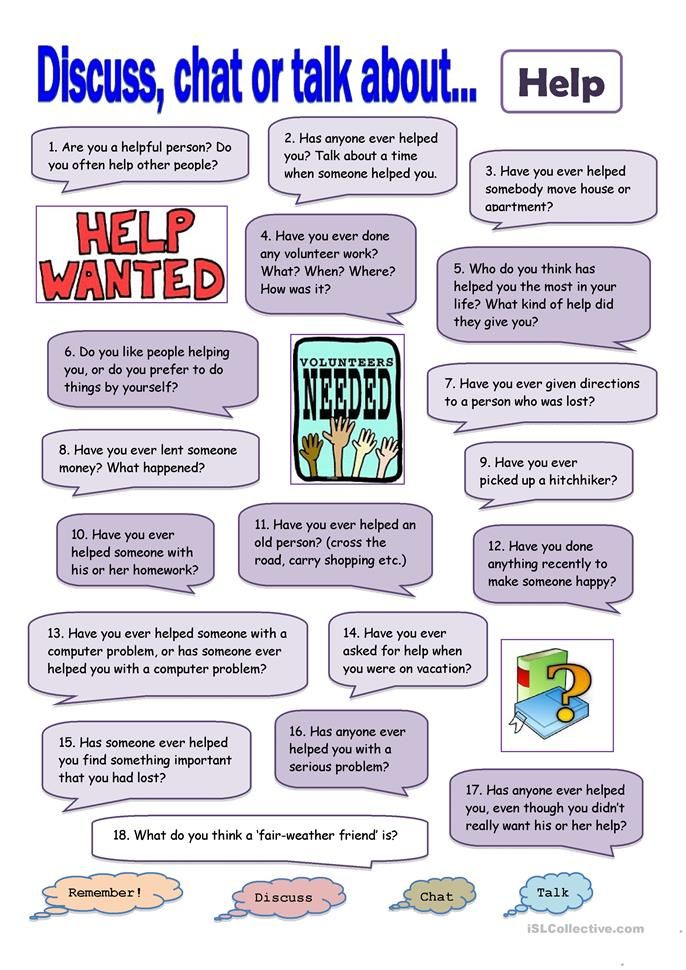
Unlike the traditional rules of Memory, however, the players aren’t trying to amass the greatest number of pairs, but to keep the soup cooking for as long as the fire keeps burning.
If the designated number of ingredients hasn’t been added by the time the fire goes out under the kettle, the game is over and the family goes hungry.
27. Mermaid Island
In this fantastical, nautical outing, players try to get the mermaids back to their home base before the evil Sea Witch can swoop in to destroy them.
Oftentimes, a single move might endanger the others, so participants must remain aware if they want to get the whole group (fleet?) home safely.
Obviously, this is an appealing option for the girls in the group, but there’s no reason why boys shouldn’t enjoy it too.
28. The Secret Door
Sleuths-in-training will want to play this game again and again, as participants attempt to locate a number of valuable objects within a deserted mansion.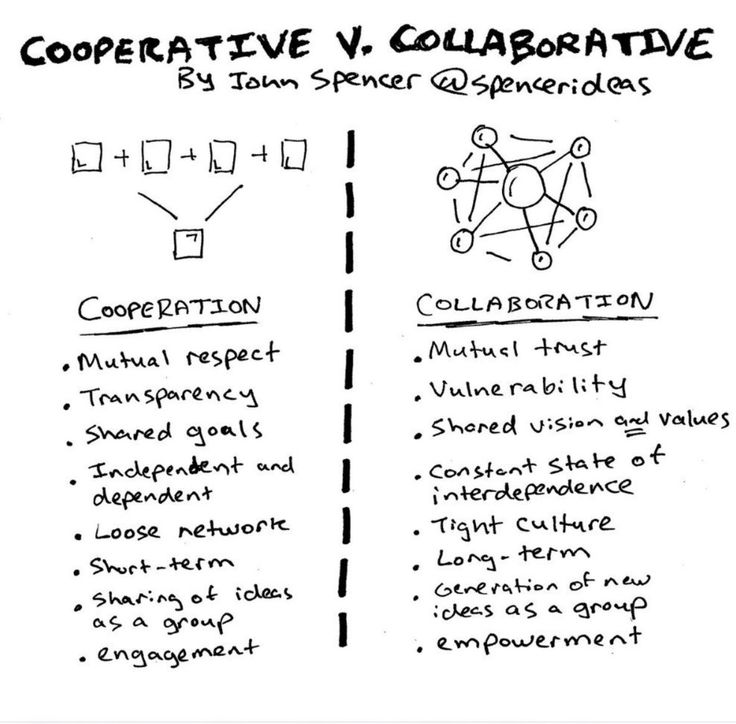
To do this, they’ll take turns flipping cards from a deck to look for two that match – but if they turn over twelve clock cards before they locate all the treasures, the game is over.
Should they find all of the hidden objects, they’re then invited to figure out which three cards were hidden from the deck at the start of play.
29. Lion In My Way
In addition to providing youngsters with a cooperative activity, Lion In My Way often inspires creative storytelling as well.
The object is to get from one end of the board to the other, all while encountering the likes of hungry lions, barren deserts, and a number of other increasingly peculiar obstacles.
A set of tool cards aids players in their efforts to defeat these roadblocks.
30. Outfoxed!
This foxy outing serves as a good forerunner to Clue, or any other detective-themed game.
The story goes that a mysterious thief has made off with Mrs.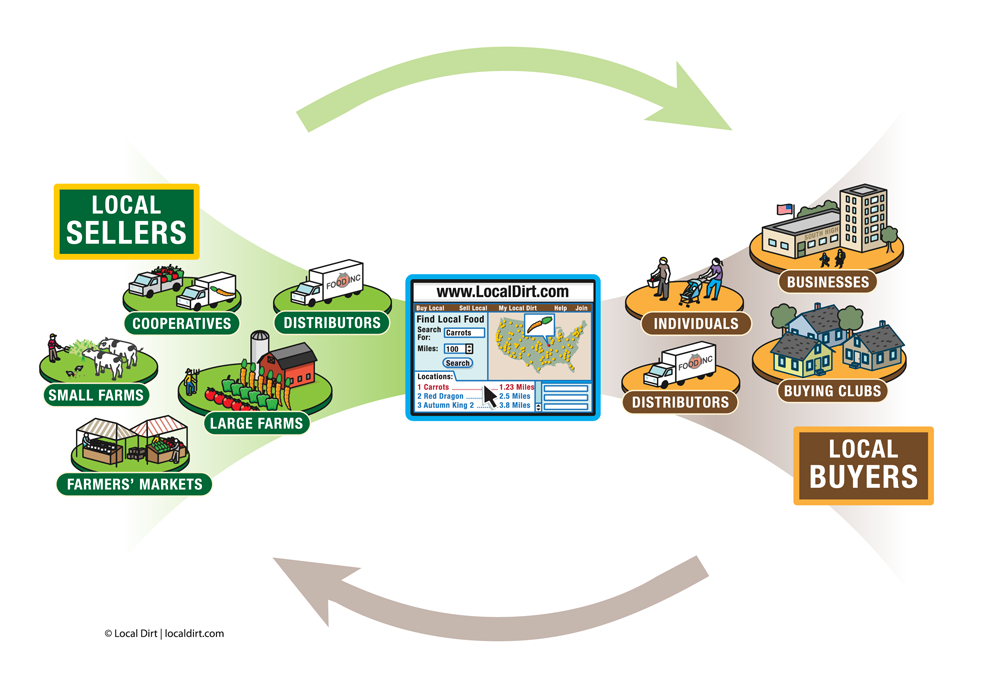 Plumpert’s pie.
Plumpert’s pie.
Players must follow clues to determine which of the sly foxes is the culprit before he can make it safely to the other side of the board.
To play, participants may choose whether to either search for clues or reveal possible suspects on their respective turns.
Should the player be unsuccessful in turning up their desired action when they roll the dice, the fox moves ahead three spaces on the board.
If they succeed in winning the opportunity to take action, they’ll either use the suspect cards to gather new information, or move their own playing piece across the board to search for clues.
As play progresses, the players will be able to narrow down the list of suspects, based on the information they’ve gathered.
If the fox token makes it all the way to the end of the board and the players haven’t named a suspect, the game is over and the detectives lose.
Likewise if the players accuse a suspect who turns out to be innocent. However, if the correct culprit is named, the detectives win.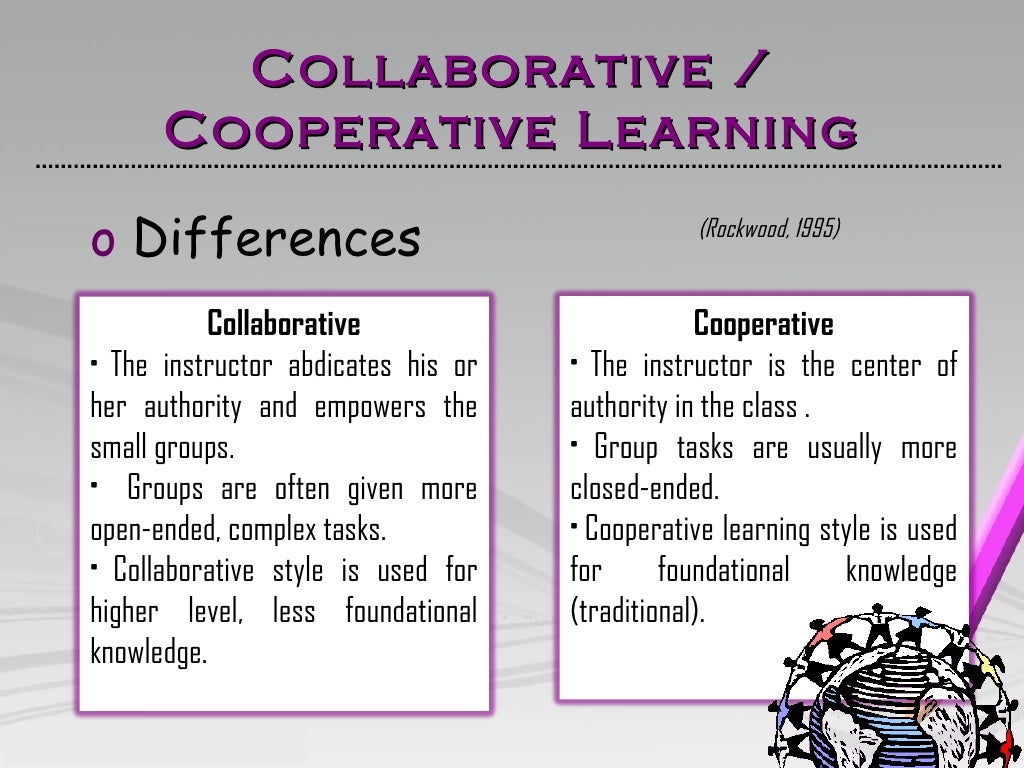
For more information on the rules of Outfoxed! and other board games like it, check out the Board Game Geek website.
Cooperative Games for the Classroom
31. Balloon Bop
Remember playing a game of catch and trying to see how many passes you could make without allowing the ball to hit the ground?
This game has a similar objective, but it utilizes a balloon (or multiple balloons) and a larger group of people.
To begin the teacher should invite children to form a loose circle by holding hands.
Continue by dropping a balloon (not helium-filled) into the middle of the circle, and ask students to count how many times they can “bop” it back into the air without breaking the circle.
To do this, the students may use any part of their body except for their feet (knees are acceptable).
The game is over when the balloon touches the floor or a student’s foot, or if any student lets go of their neighbor’s hand.
This game is better suited to children at the upper grade-school level (say, third grade and up).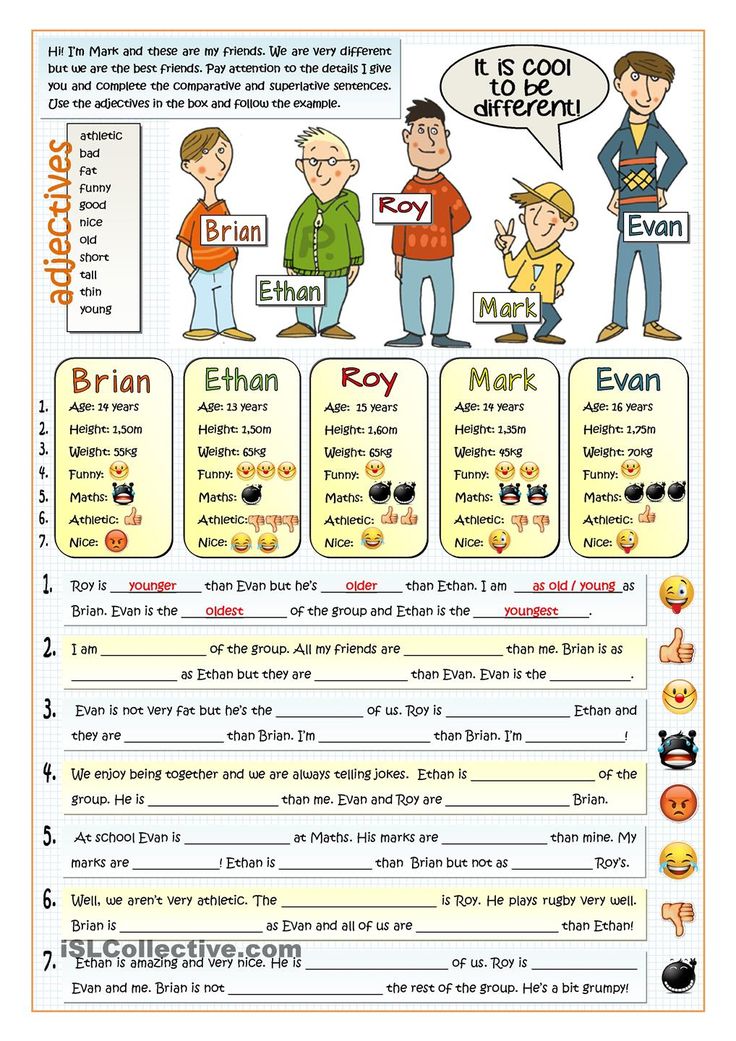 To make it more challenging, add a second or third balloon.
To make it more challenging, add a second or third balloon.
32. Zoom
This is a fun, interactive classroom game that takes the concepts of loss and victory right out of the equation.
Instead, students are seated in a circle, and each one is handed a simple photograph. The images don’t really matter, but try to keep them as basic as possible.
To play, invite one of the students to begin telling a story, based on the image that he or she is holding.
After one minute, say “freeze” and move on to the next student, who will then continue the story based on his or her own photograph, and so on.
The greatest challenges will lie with the first student, who’ll need to create a solid introduction; and the last one, who’s responsible for the conclusion.
33. Humpty Dumpty
Older grade school students are the best participants for this activity, which should only be attempted in an uncarpeted area.
To begin, divide students into groups of four or five.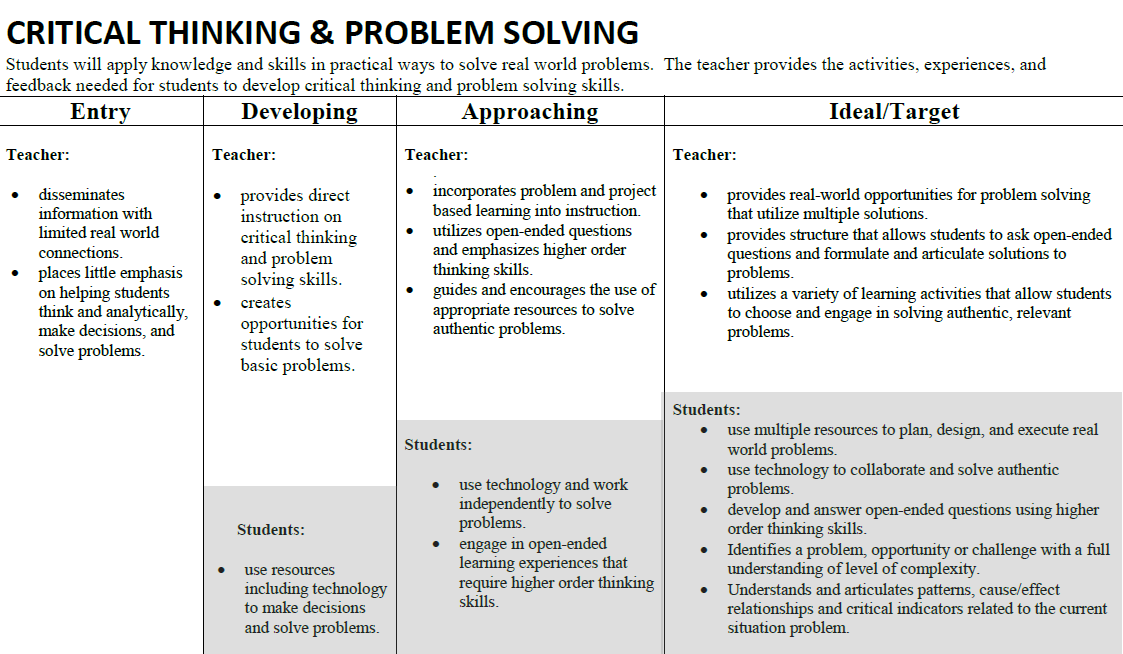 Supply each team with a raw egg, and task them with creating a situation in which the egg will not break when dropped from a certain height (say, six feet).
Supply each team with a raw egg, and task them with creating a situation in which the egg will not break when dropped from a certain height (say, six feet).
Teams are then free to make use of whatever objects in the classroom might be helpful in achieving their goal. After a set time period, ask the teams to demonstrate their work.
Earlier versions of this game supplied each team with a box of plastic straws, with which they would then build a cushioning device.
However, as single-use plastics fall further out of favor, it’s better to encourage students to work with the items they have on hand.
34. Balancing the Hula Hoop
The object of this game sounds straightforward: Teams of four or five work together to lower a hula hoop from about nose-height to the floor, using only the very tips of their fingers.
As your students will come to learn, however, it’s much more difficult than it looks.
35. Hula Hoop Hustle
If you still have those hula hoops and the students are bored with the balancing game, consolidate them into larger groups of about 10.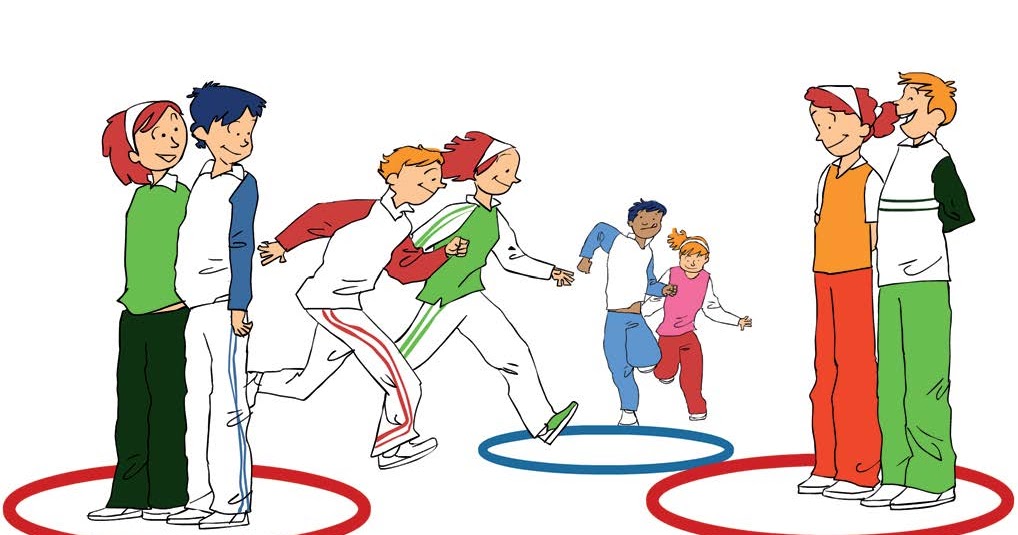
Have each team form a circle by holding hands, with a single hula hoop in between two of them. Challenge them to move the hula hoop in a complete revolution without breaking the circle.
They may do this by maneuvering the hoop over their heads, under their feet, or by whatever means they can come up with, as long as they don’t let go of one another’s hands.
36. Eye Contact
Eye Contact provides an excellent way to foster nonverbal communication skills.To play, choose 10 students for the first round (the others can watch in the meantime).
Choose a single student to act as “Player One,” and designate a “Go” signal (such as winking or making an “O” shape with your mouth).
Player One should then attempt to make eye contact with another participant.
When they’ve succeeded, they should give the “go” signal, at which time the second player takes Player One’s place in the circle to repeat the same process with another participant.
No verbal communication or hand signals are allowed during play. If a player breaks this rule, he or she is disqualified, and their place is taken by one of the observers.
If a player breaks this rule, he or she is disqualified, and their place is taken by one of the observers.
Once everyone in the round has made eye contact and give up their place in the circle, switch teams until all the observers have had a chance to play as well.
Cooperative Card Games
37. Spaceteam
In this game (recommended for older children, ages 10 and up), players are tasked with repairing a damaged spacecraft while dodging asteroids and wormholes along the way.
To ramp up the challenge, they also must reveal six “System-Go” cards inside the time limit, or all of their work has been for nothing.
38. Hanabi
Hanabi can be played with as few as two participants, but it gets more interesting when more players are added (up to five).
The unique concept invites participants to orchestrate a fireworks show, utilizing a series of numbered cards. If the display is finished before the pile of cards runs out, the team wins.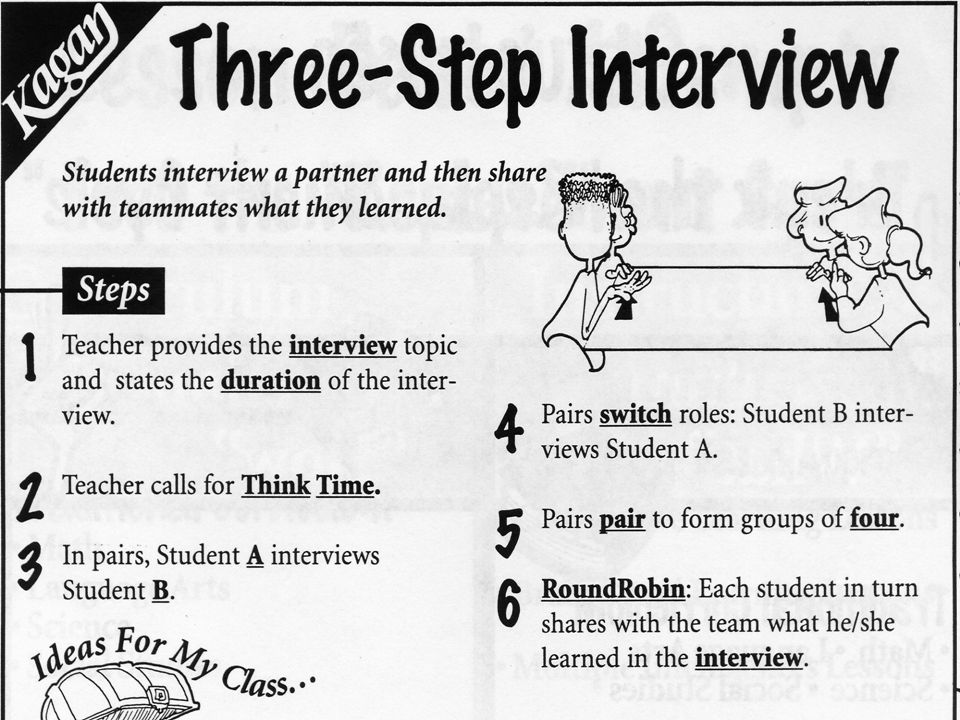
Play is fairly fast-paced—a single game can be played in about half an hour – and is suitable for ages eight and up.
The playing kit also includes a “rainbow” set of cards to make things more challenging, once your team has mastered the basic game.
39. Shamus
This is a two-player cooperative card game, and one of the few to utilize a standard deck of playing cards.
A cross between Uno and Rummy, the rules are not difficult to follow, but they are somewhat lengthy to explain – a complete breakdown can be found here.
Essentially, both players (one following the rules of Rummy, the other playing a solo game of Uno) must achieve the goals of their respective games before the “Circle of Shamus” (a ring consisting of 10 cards) has been depleted.
It’s addictive, and a good choice for families with smaller households.
40. 5-Minute Marvel
For superhero fans, this game is a must-try. Each player assumes the role of a different superhero as a five-minute timer is set.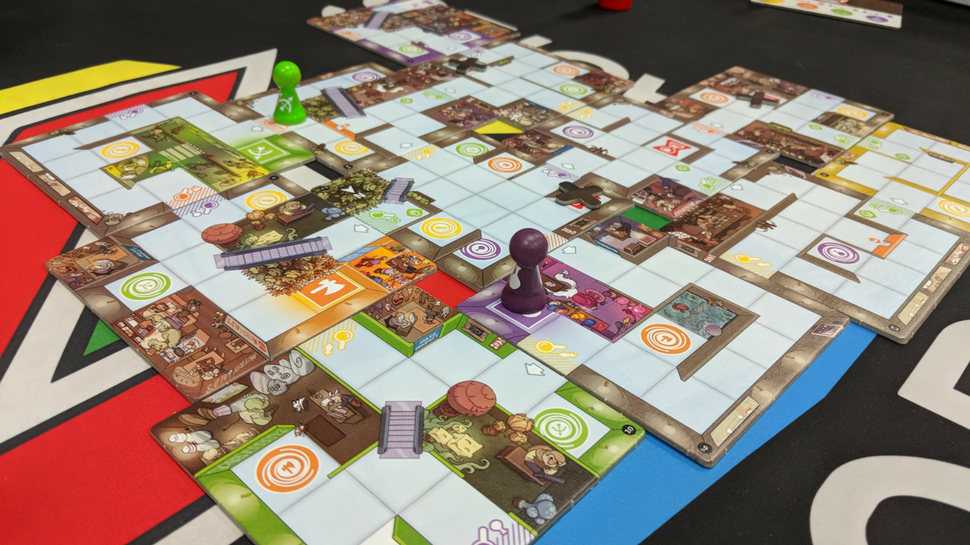
During play, the cards keep turning up new threats in the form of increasingly powerful bad guys. The objective is to work together to defeat all the villains before the time is up.
41. Cahoots
This cooperative card game is like a fancier take on Go Fish, except the players are working together (“in cahoots”).
In order to win the round, the team has to match all of their cards by either color or number before the time clock runs out. Play is fast-paced and easy to follow, even for younger participants.
42. 15 Seconds
This game requires to have a timer on hand and just think of as many interesting questions as you can.
Divide the group into two groups, and have the leader ask them a question.
After he asks the timer starts so the teams have 15 seconds to try and get the question right.
This is a great game to help build cooperation between kids.
There you have it, 42 fun cooperative games for kids.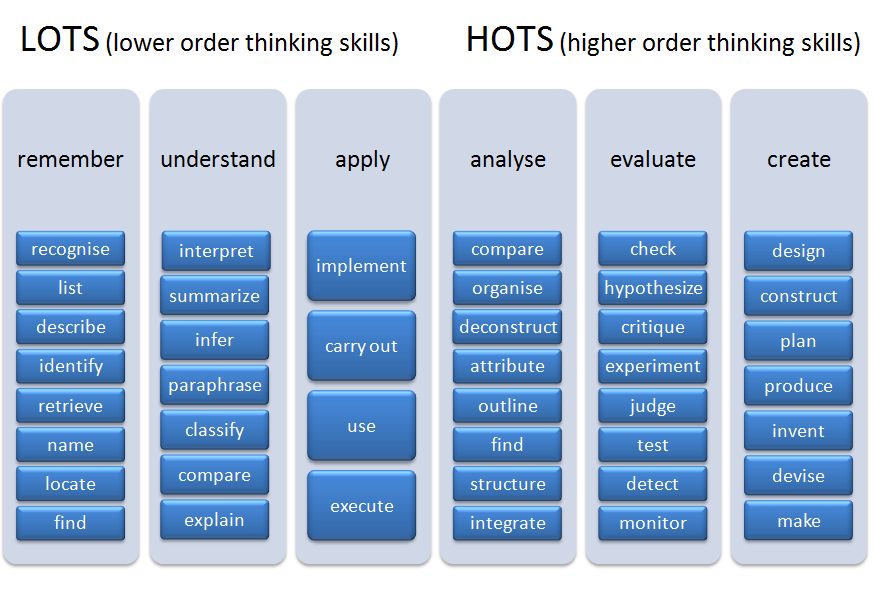 Make sure you check out our competition games as well as our kids team names.
Make sure you check out our competition games as well as our kids team names.
Top 20 Fun Cooperative Games For Kids
Playing is much more fun when you play together to attain shared goals.
Research-backed
MomJunction believes in providing reliable, research-backed information to you. As per our strong editorial policy requirements, we base our health articles on references (citations) taken from authority sites, international journals, and research studies. However, if you find any incongruencies, feel free to write to us.
Image: Shutterstock
Cooperative games for kids help teach them the importance of teamwork and patience. Children can play co-op games with their friends or family members.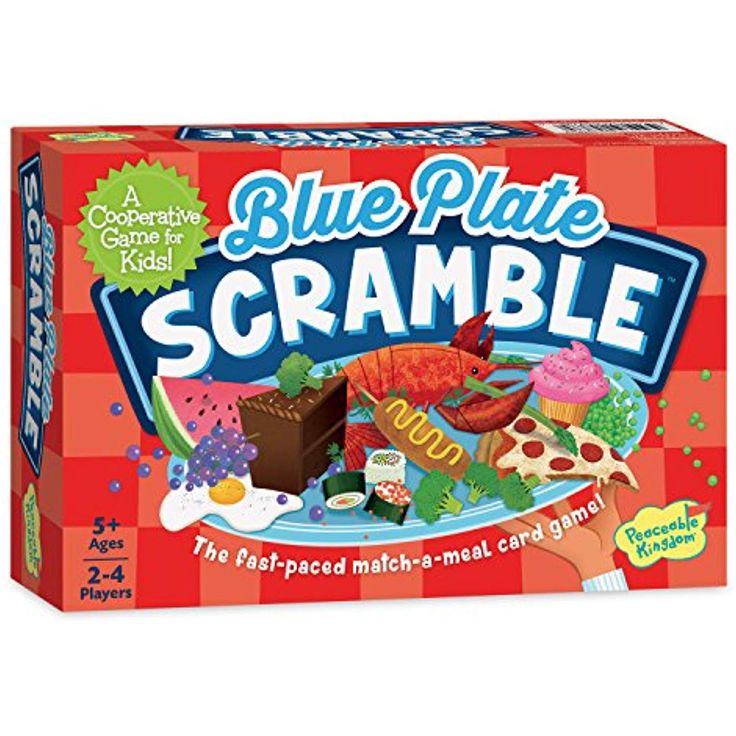 The main objective of these games is not ‘winning’ but teaching them ways to work together towards achieving a common goal. These games also help develop your child’s communication, deduction, and planning skills.
The main objective of these games is not ‘winning’ but teaching them ways to work together towards achieving a common goal. These games also help develop your child’s communication, deduction, and planning skills.
Read on for a curated list of cooperative games we have listed in this post for children of all ages to have a fun learning experience.
20 Cooperative Games For Kids
1. Tower building
Image: Shutterstock
Tower building is a cooperative game for kids that can be played by adults too. It teaches teamwork and develops your preschooler’s counting skills. Children as young as three years can play this game effortlessly.
Age group:
3 years and up
You will need:
- A pair of dice
- Blocks
How to play:
- Make teams of two. If your child is young, pair them with someone older.
- Keep the blocks in a common area accessible to all teams.
- A member of each team rolls a dice.
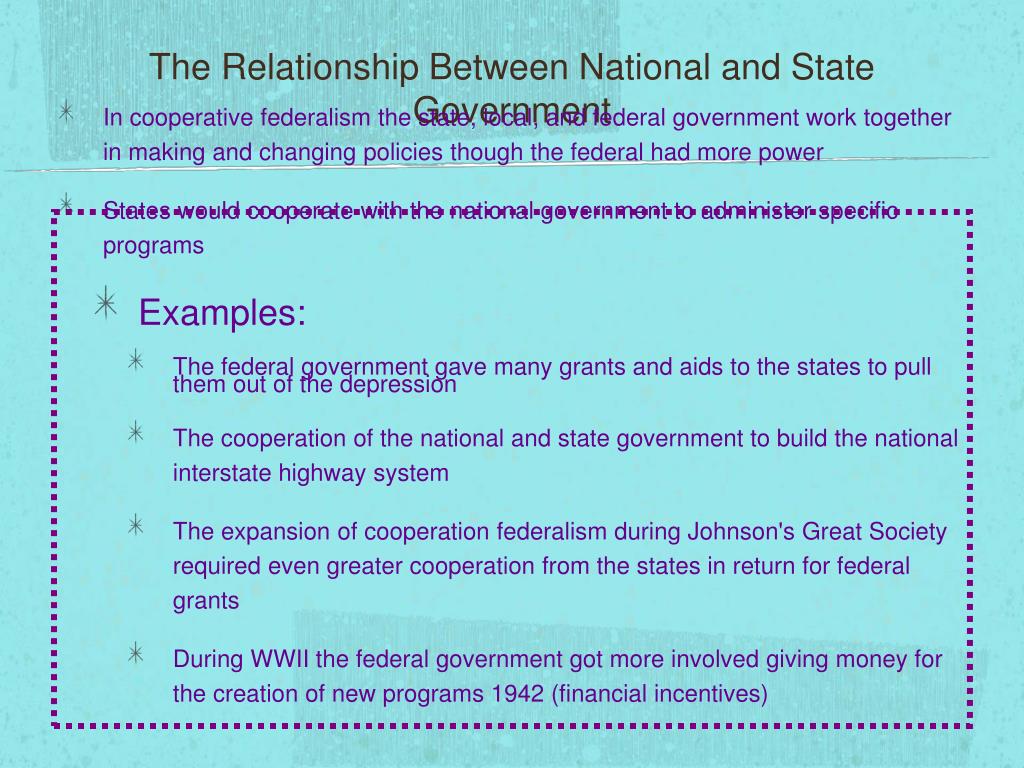
- The number on the dice is the number of blocks they must lift to build their tower.
- The team with the highest tower after every team member rolls the dice wins.
Did you know?
Playing tower building will help your children develop hand and eye coordination and strategic thinking skills.
Related: 20 Best Building Block Activities For Preschoolers
2. Candy Land
Image: Shutterstock
Candy Land is one of the oldest and easiest cooperative games. It doesn’t require any reading skills, and there is no strategy involved. Thus, even very young children with limited counting abilities can play this game.
Age group:
3 years and up
You will need:
- Candy Land board game set (you can make it yourself at home, too)
How to play:
- Candy Land comes with a set of cards with colored marks on them and a board with a colorful maze on it.
- Each player has to pick the topmost card, check the color on it, and move their marker to the next square of that color.

- If a card has two marks of one color, the player has to move their marker to the second occurrence of that color from their current location.
- Some cards might have the name of a location. These locations are specified in certain squares on the maze. The player can directly move to that location.
- The first player to reach the end of the maze is the winner.
3. Dragon’s jewel
Image: Shutterstock
This cooperative game is best played outdoors or in a large play area. It is a great game to teach teamwork and develop communication and quick-thinking skills. You can also develop your child’s gross motor skills with this game.
Age group:
4 years and up
You will need:
- Football or basketball
- Cones for marking
How to play:
- Make a circle with the cones.
- Place a ball at the center of the circle. This is the dragon’s jewel.
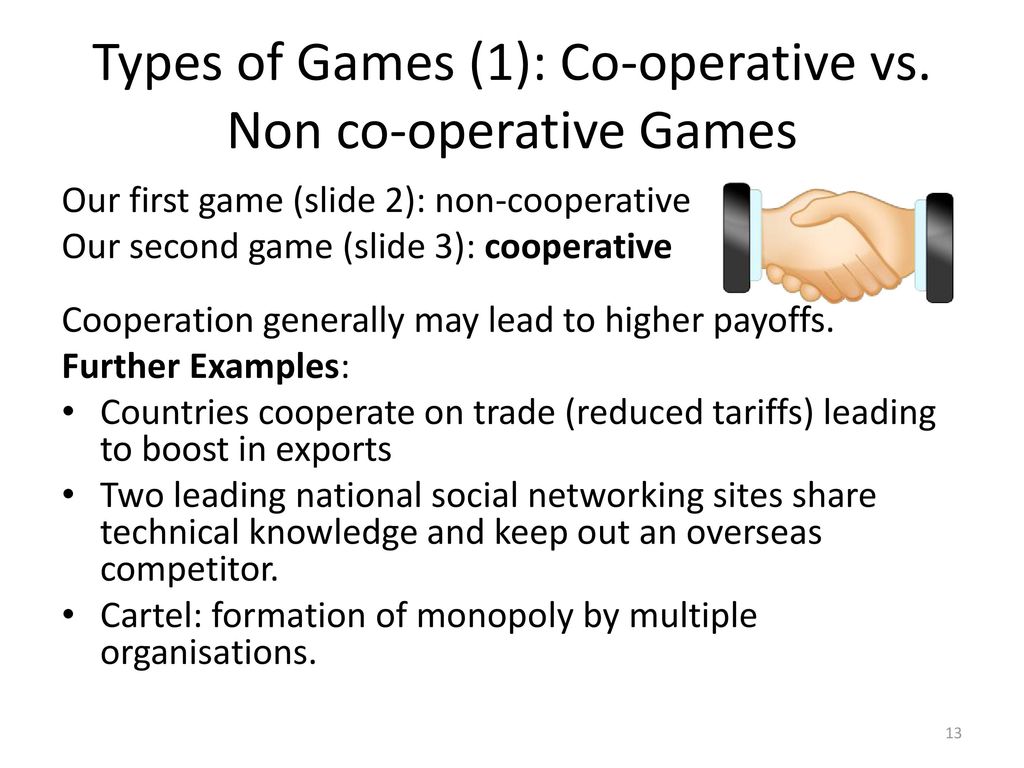
- One player is the dragon.
- Divide the other players into teams of two or three.
- Each team takes turns to work together and get the dragon’s jewel. The dragon tries to tag them before they get to it.
- If the dragon tags a player of a team, the team is out, and the next team continues the game.
- If a team manages to capture the jewel, choose a new dragon for the next round.
Point to consider
Have kids incorporate different types of movements, such as hopping, jogging or skipping when trying to get the jewel. It’ll make the game more exciting.
Related: 60+ Interesting Football Facts And Information For Kids
4. Bandido
Image: Shutterstock
Bandido is a popular board game for young ones who love mysteries and puzzles. This game makes your child think about their next move and improves their critical thinking skills.
Age group:
4 years and up
You will need:
- Bandido board game set
How to play:
- Each player has three cards, and each card has a piece of a tunnel — it could be a bend, a straight pass, a branch, or a dead end.
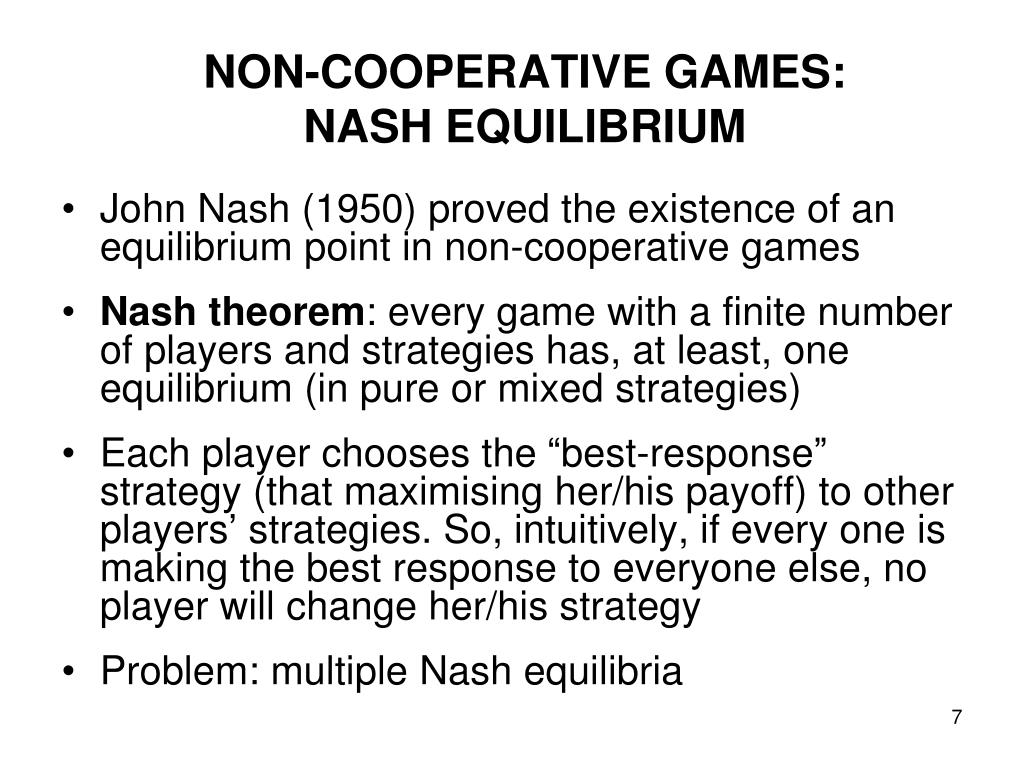
- The first player starts with a card, and the other players add their cards.
- The goal of the game is to prevent the imaginary prisoner at the start of the tunnel from escaping.
5. Airplane game
Image: Shutterstock
Try this game if you want to improve your child’s listening and speaking skills. Listening and speaking are essential components of effective interpersonal communication.
Age group:
3 years and up
You will need:
- A cloth for blindfolding
How to play:
- Blindfold a child. This child is the pilot.
- Select another player as the navigator.
- Make the other members stand in different places. They are the trees.
- The navigator has to guide the pilot across the runway without letting the airplane crash into any of the trees. The navigator can give only one instruction at a time.
Quick tip
Ask the members standing as trees to change their spots after every minute. It will make the game more challenging and stimulating.
It will make the game more challenging and stimulating.
6. Outfoxed
Image: Shutterstock
Outfoxed is one of the best cooperative games that can be played by children and adults alike. If your child loves playing detective, they will take to this game in no time.
Age group:
5 years and up
You will need:
- Outfoxed game box
How to play:
- One of the foxes in the game has stolen a pot pie. The players have to find the culprit.
- Slip a card with the name of the culprit into the special contraption provided for this purpose.
- Each player rolls the dice and decides whether they want to collect clues or reveal the answer.
- Each wrong answer brings the fox closer to escaping.
- Every right answer gets the player a new clue of the culprit or two new suspect cards.
- The player who gets the right culprit or eliminates all of the suspects but one is the winner.
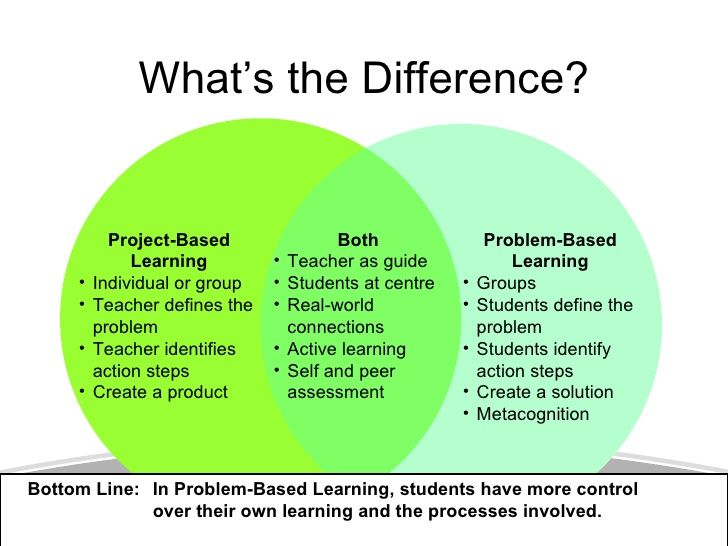
7. All over
Image: iStock
This game is great for sleepovers and family holidays. The more the players, the more enjoyable the game.
Age group:
4 years and up
You will need:
- Big, softballs according to the number of players
- A rope
How to play:
- Divide the players into two teams and make them stand on two sides of the rope.
- Once the leader shouts, “All Over!” the players throw, kick, or roll the ball towards the opposite team.
- The players of each team have to catch the incoming balls while launching their respective balls.
- Once the passing stops, count the number of balls caught by each team. The team that catches the maximum number of balls wins.
8. Pandemic
Image: Shutterstock
If your child often imagines emergency situations and rescue missions, this board game is perfect for them. Pandemic is the right choice for a family game night or a rainy afternoon to engage your children for hours.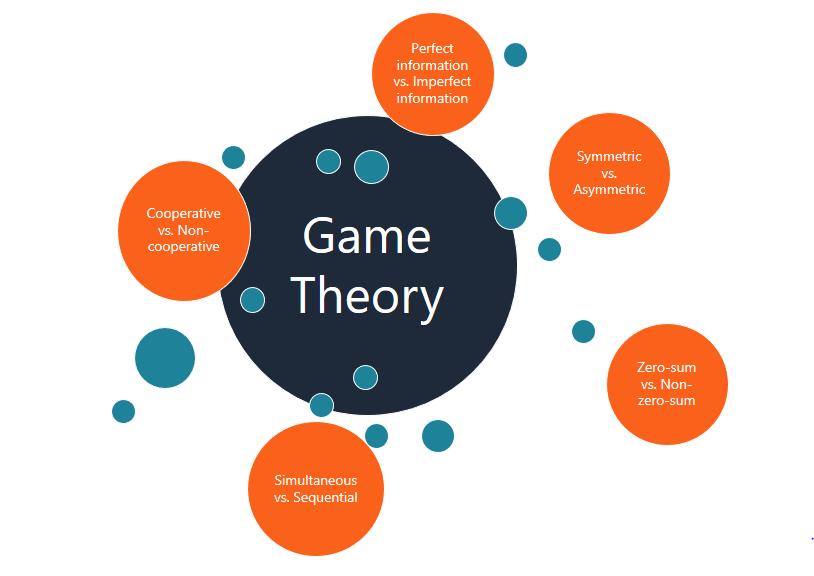 You can also use this opportunity to teach your children about the current Covid-19 pandemic.
You can also use this opportunity to teach your children about the current Covid-19 pandemic.
Age group:
8 years and up
You will need:
- Pandemic board game set
How to play:
- Each player is out in the world as a part of a disease-fighting
- All the players work together to prevent the outbreak of diseases and keep the world safe.
- They travel across the board to different countries, treat infections, collect cures, and build research stations within a stipulated time, that is, before the diseases spread beyond recovery.
Related: 25 Interesting Family Games To Have Fun Together
9. Ghost Fightin’ Treasure Hunters
Image: Shutterstock
This is another very popular board game that includes treasure and ghosts. Children love finding treasures and are curious about ghosts, so this game is a great co-op game for kids.
Age group:
6 years and up
You will need:
- Ghost Fightin’ Treasure Hunters board game set
How to play:
- The aim of the game is for the players or treasure hunters to find all the treasures in a haunted house.

- If there are three ghosts in a room, that room is considered haunted.
- If six rooms are haunted before the players get the treasures, all of them lose.
- You can go together or separately, fight the ghosts, or run back with the treasure. Each step needs planning and strategy for getting the treasure before the ghosts get you.
10. Assassin
Image: Shutterstock
If you have a group of children, this game is a good option for you. Prepare to spend a few hours laughing with your children as they enjoy playing this game.
Age group:
5 years and up
You will need:
- A group of children
How to play:
- Make the children sit in a circle with their heads down.
- One person (preferably the adult) should walk around the circle and tap one child on the head. This child is the assassin. No other player knows who the assassin is.
- The child looks at the others and assassinates them by winking at them.
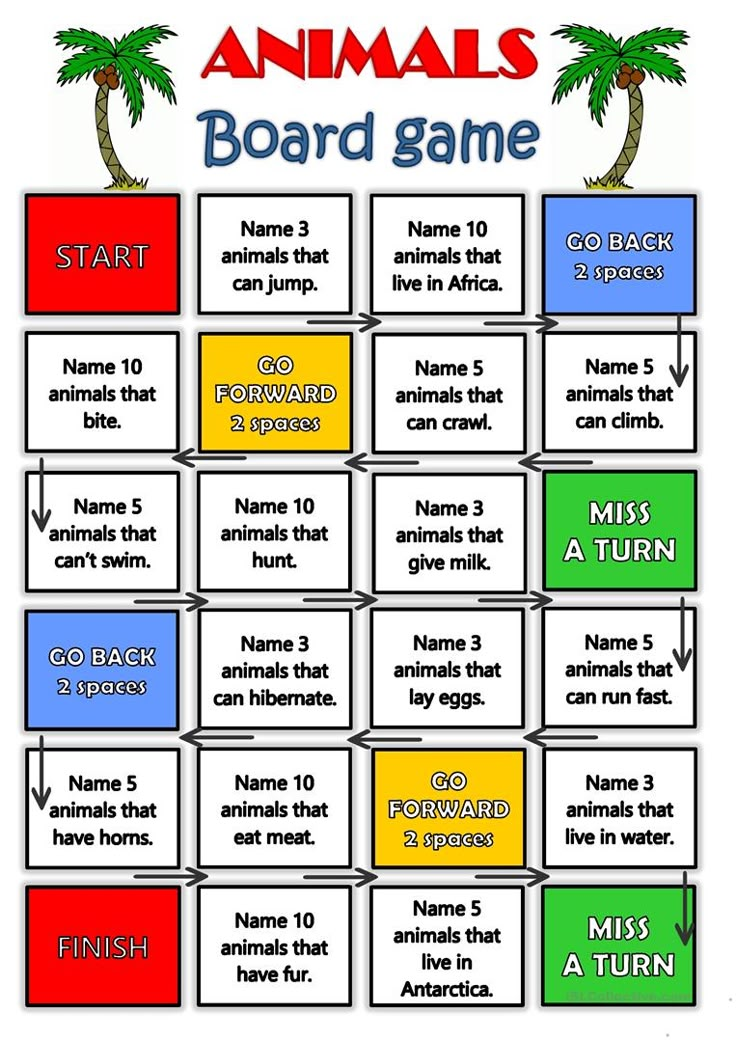
- The other players can guess who the assassin is but are out of the game if they make a wrong guess.
- If the assassin is successful in assassinating every other player, they are the winner.
11. Iceberg
Image: Shutterstock
This game is fun, especially for younger children. It involves a bit of quick thinking and is best played in large groups.
Age group:
3-10 years
You will need:
- Bedsheet, tablecloth, etc. for the surface
How to play:
- Divide the children into two teams. Give each team a bedsheet or a tablecloth.
- Spread the sheet on the floor. This is the surface for the game.
- The whole team should stand on the surface. Anyone standing outside the surface is eliminated from the game,
- Next, ask the players to step off and fold the sheet in half. Stand again on the sheet.
- Continue in this fashion till there is no space for all the players to fit on the sheet.

- The team that makes the maximum folds while accommodating the most number of players wins.
Related: 15 Best Group Games For Kids
12. Race to the treasure
Image: Shutterstock
Here’s another cooperative board game that requires strategic skills but offers loads of fun. This is a great co-op game for the whole family, even if your children are very young.
Age group:
3 years and up
You will need:
- Race to the treasure board game set
How to play:
- The players take turns to draw cards..
- If you draw a path card and not an Ogre card, you move further in the race.
- Retrieve three keys on the way to get the treasure.
- The aim of the game is to reach the treasure before the Ogre does. If he does, you all lose.
13. Band-aid tag
Image: iStock
This is a cooperative outdoor game you can teach your children to play. Besides playing together, this game tests and develops your children’s flexibility.
Besides playing together, this game tests and develops your children’s flexibility.
Age group:
4 years and up
You will need:
- A group of children
How to play:
- Select one person as “It.”
- The person must run behind other players and tag them.
- The tagged person must hold their hand (the band-aid) over the part where the “It” tagged them.
- When a person runs out of band-aids (gets tagged two times), they freeze.
- Two other players have to come over to the frozen player and unfreeze them by counting to five.
- Continue playing the game, changing the “It” from time to time.
14. Rope circle
Image: Shutterstock
This is a cooperative game for kids of all ages. It is best played when there is a large group of children. Adults can play it at gatherings, too, for a good time.
Age group:
3 years and up
You will need:
- Jump ropes
How to play:
- Divide the players into teams of two players each.
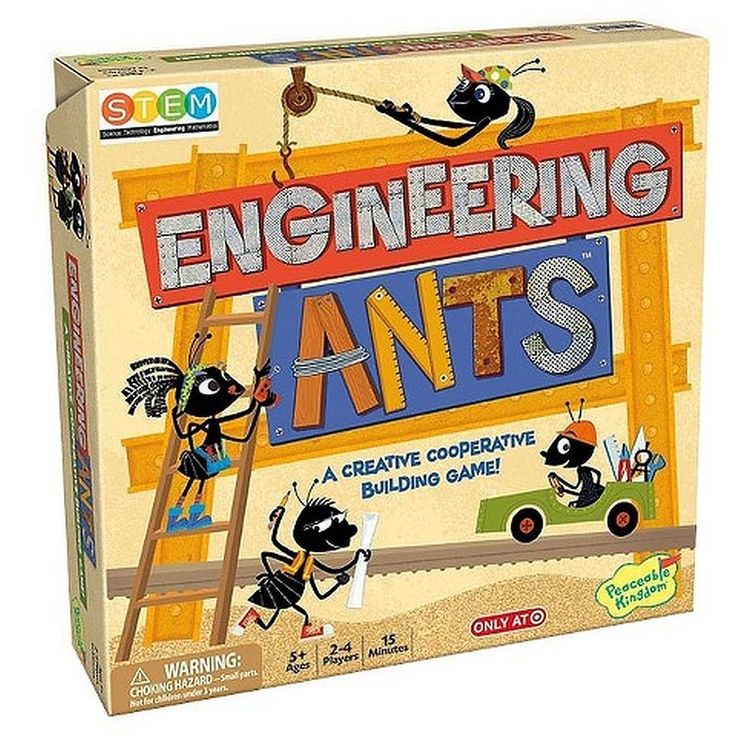
- Tie one wrist of each partner with the jump rope – the left wrist of one person and the right wrist of the other person.
- Then tie a second jump rope joining the other wrist.
- Make sure the ropes are not tied very tightly.
- The players should attempt to free themselves from one another without actually untying the ropes or breaking out from the circle.
15. Barnyard
Image: iStock
If you want to teach animal names and sounds to your children, play this game with them. This game is perfect for sleepovers and birthday parties when there are many children.
Age group:
3 years and up
You will need:
- Pieces of paper
- Pen
How to play:
- Write various animal names on the pieces of paper. Include four to five pieces of paper for each animal name.
- Ask each child to pick one piece of paper. The child is the animal mentioned in the paper.
 No other child must know what animal another child is.
No other child must know what animal another child is.
- Next, ask the children to scatter over the play area.
- Once the game starts, each child wanders over to other children and tries to determine the similar animals like them.
- Children who find all the members of the same animal are the winners.
Related: 19 Awesome Party Games For Kids Of All Ages To Have Fun
16. Ball builders
Image: iStock
This is a game that children of all ages love. It teaches children the value of teamwork and develops their communication and gross motor skills.
Age group:
3 years and up
You will need:
- Tennis balls
How to play:
- Divide the players into teams of two or three.
- One player in each team will be the holder, and the others will be the builders.
- The builders start handing over tennis balls to the holder.
- The aim is to see how many balls the holder can hold without using their pockets or other clothing.
 They cannot hold the balls against any other surface other than their own bodies.
They cannot hold the balls against any other surface other than their own bodies.
- Each ball must be held for at least 10 seconds.
- The players can take turns doing it.
17. Bedsheet ping pong
Image: Shutterstock
This is a great game for family game night. As versatile as this game is, it is also very simple. You can use household items to play the game.
Age group:
3 years and up
You will need:
- A bedsheet
- Ping pong balls or even crumpled balls of paper will do
How to play:
- Divide the players into two teams.
- Each team holds the opposite sides of the sheet.
- Put the balls in the middle of the sheet.
- Each team has to raise or lower their end of the sheet. The aim of the game is to get the balls to fall on the other side of the sheet.
- The players must take care not to launch the ball during play.

18. Crossing the river
Image: iStock
Crossing the river is a cooperative game for kids that can come in handy in actual life too. This game is excellent for developing their communication skills.
Age group:
4 years and up
You will need:
- Rope (optional)
How to play:
- Divide the players into groups of two to five players each.
- Each team joins hands, touches legs, or uses a rope to get across the “river”(the play area) around 20-30 feet across.
- Each group must move to the other side without losing contact.
- If a player loses contact with other players, the team must start over from the beginning.
19. Birthday line-up team building
Image: Shutterstock
When you have a large group of children with you and want them to get along with each other, this game is an excellent option for you. It acts as an ice breaker and gets your group to mingle with each other easily.
Age group:
5 years and up
You will need:
- A group of children
How to play:
- Once the game starts, the players shouldn’t talk until you permit them.
- Make all the children stand in a line.
- Next, get them to stand in a line based on their height, in silence.
- You can give them different challenges, such as lining them up by birthday month, the initials of their names, etc.
20. Shipwrecked
Image: Shutterstock
This is another game that you can play when you have a lot of children with you. It is a great game to develop teamwork in a fun way.
Age group:
5 years and up
You will need:
- Large hoops
How to play:
- Divide the players into teams of 8-10 players.
- Give a hoop to each team. This hoop is their spaceship.
- Once the game begins, each team should grab their spaceship and race to the finish line.

- All the players of the team should be in contact with the spaceship at all times.
- Once they cross the finish line, they put down the hoop, call out “Shipwrecked,” and try to get within the hoop.
- The first team to get all the players into the hoop is the winner.
Cooperative games for kids are the best way to teach them leadership skills, teamwork, and patience. Tower building, Candy land, Dragon’s jewel, and Bandido are some of the most exciting team games for children. You may choose a game appropriate for the age of children and other participants. These games can also be played with adults at family nights and parties. You may let the children take charge of the team and decide how to win the game. Team games also boost a child’s ability to engage and communicate.
Key Pointers
- Building a tower is a cooperative game for kids that teaches teamwork.
- Race to the treasure is a board game that helps children develop strategic thinking skills while having fun.

- Bedsheet ping pong, All Over, Bandido, and more interesting games as you scroll down.
The following two tabs change content below.
- Reviewer
- Author
Apparatus of the theory of cooperative games in modeling socio-economic processes
References:
Klimenko, OA Apparatus of the theory of cooperative games in modeling socio-economic processes / OA Klimenko. - Text: direct // Young scientist. - 2010. - No. 3 (14). - S. 53-55. — URL: https://moluch.ru/archive/14/1314/ (date of access: 01/15/2023).
Natural selection, competition and the uncompromising law of evolution “survival of the fittest” have long been considered the driving forces of development, including social development. However, a joint study by Portuguese and Belgian scientists showed that cooperation, which biologists have undeservedly relegated to the last place in the list of driving forces of evolution, in the case of people is the most effective both for a single individual and for the whole society as a whole.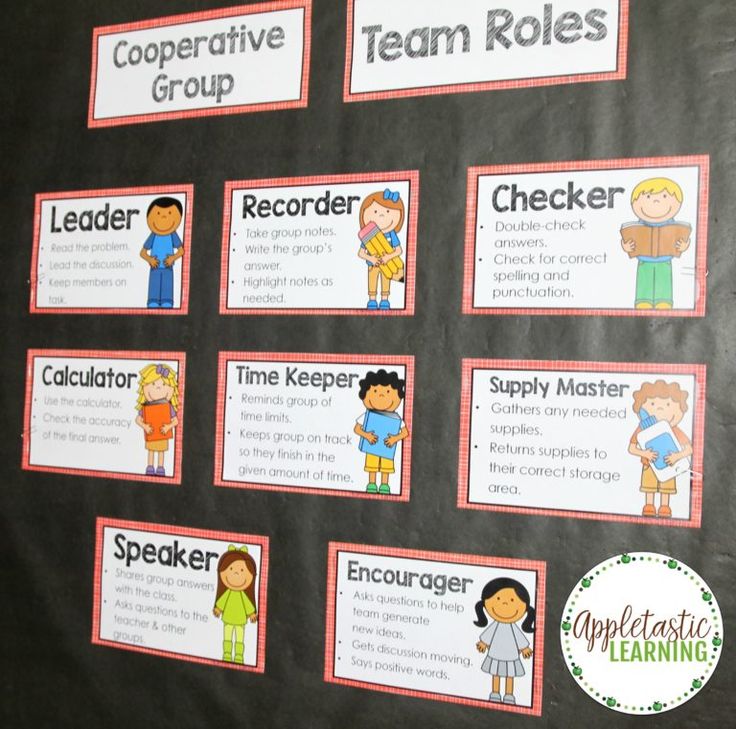 nine0009
nine0009
The global problems of ecology, energy, fight against hunger, prevention and resolution of conflicts facing humanity can be solved more effectively in the conditions of cooperation between states.
Most often, the phenomenon of cooperation is considered in relation to economic processes. The importance of the development of cooperation is explained, first of all, by the constant trend towards an increase in the capital intensity of the production of new products. The cooperation of production makes it possible to reduce the preparation time for the production of new goods and reduce their capital intensity. According to the UNECE, interstate agreements on technical cooperation and the exchange of components and parts based on cooperation, on average, reduce the preparation time for the production of new products by approximately 14-20 months compared to organizing it exclusively on their own, and also reduce the cost by 50-70%. development of new production. nine0009
As you know, game theory is a branch of decision theory and deals with conflict situations in which the interests of the participants collide.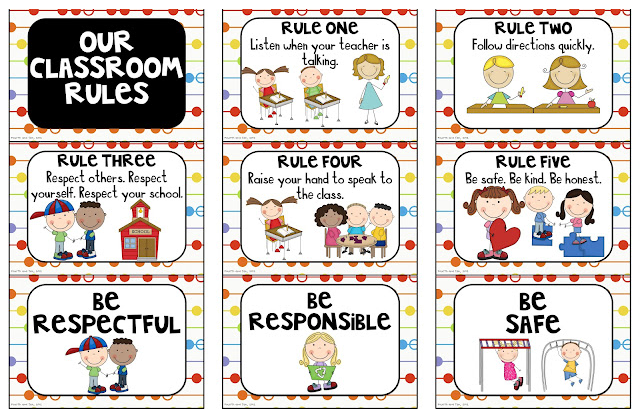 One of the sections of game theory is the theory of cooperative games, for which the main issue is not the choice of optimal strategies, but the establishment of a reasonable distribution of gains or costs between participants. It is sometimes useful for players to exchange information about their intentions or principles of behavior before choosing strategies, to carry out joint (collective) actions, to share winnings in the name of common interests, etc. All this can lead to the formation of coalitions (subsets of all players) that take joint actions (coalitions of action) or have common interests (coalitions of interests). Games in which members of the coalition can exchange payoffs are called transferable utility games (TP games) or games with side payments. In contrast, games in which players can only form informational coalitions are called games with non-transferable utility (NTP games) or games without side payments. nine0009
One of the sections of game theory is the theory of cooperative games, for which the main issue is not the choice of optimal strategies, but the establishment of a reasonable distribution of gains or costs between participants. It is sometimes useful for players to exchange information about their intentions or principles of behavior before choosing strategies, to carry out joint (collective) actions, to share winnings in the name of common interests, etc. All this can lead to the formation of coalitions (subsets of all players) that take joint actions (coalitions of action) or have common interests (coalitions of interests). Games in which members of the coalition can exchange payoffs are called transferable utility games (TP games) or games with side payments. In contrast, games in which players can only form informational coalitions are called games with non-transferable utility (NTP games) or games without side payments. nine0009
The most commonly used solutions for cooperative games are С -kernel, N -kernel, Shapley vector, negotiation set, K -kernel.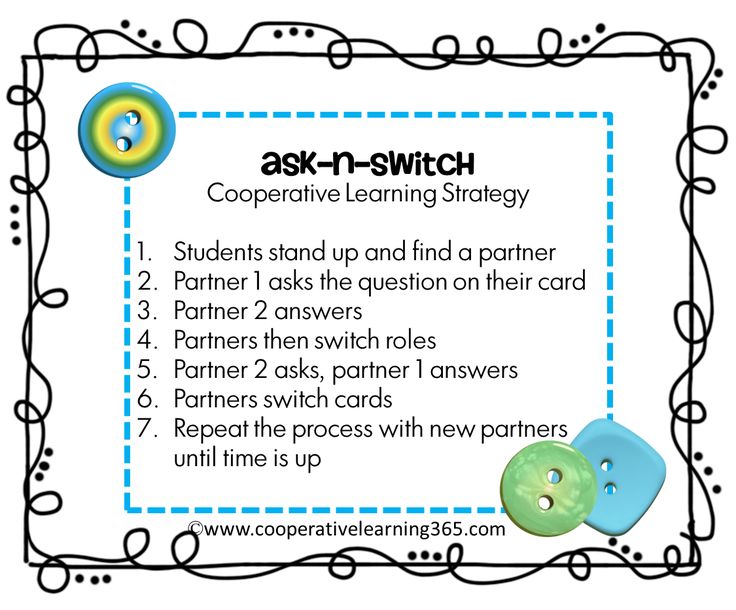 The concepts of decisions in cooperative games are somehow connected with the idea of stability of divisions, i.e. lack of motives or opportunities for players to violate the existing agreement on the distribution of winnings. C is the core of the cooperative game (the set of all nondominated divisions), because any division of C -kernels are stable in the sense that there is not a single coalition that both wanted and could change the outcome of the game, so the core can be accepted as a solution to a cooperative game. Another example of a solution is N - the core, which implements an egalitarian approach to the distribution of cooperative profits (the distribution of winnings that maximizes the income of the least satisfied member of society is considered fair). One of the most common notions of decision is the Shapley vector, whose components are the mathematical expectation of the player's payoff under the conditions of some randomized scheme. The Shapley vector accordingly implements a utilitarian approach to solving the problem of distribution of gain (or costs).
The concepts of decisions in cooperative games are somehow connected with the idea of stability of divisions, i.e. lack of motives or opportunities for players to violate the existing agreement on the distribution of winnings. C is the core of the cooperative game (the set of all nondominated divisions), because any division of C -kernels are stable in the sense that there is not a single coalition that both wanted and could change the outcome of the game, so the core can be accepted as a solution to a cooperative game. Another example of a solution is N - the core, which implements an egalitarian approach to the distribution of cooperative profits (the distribution of winnings that maximizes the income of the least satisfied member of society is considered fair). One of the most common notions of decision is the Shapley vector, whose components are the mathematical expectation of the player's payoff under the conditions of some randomized scheme. The Shapley vector accordingly implements a utilitarian approach to solving the problem of distribution of gain (or costs).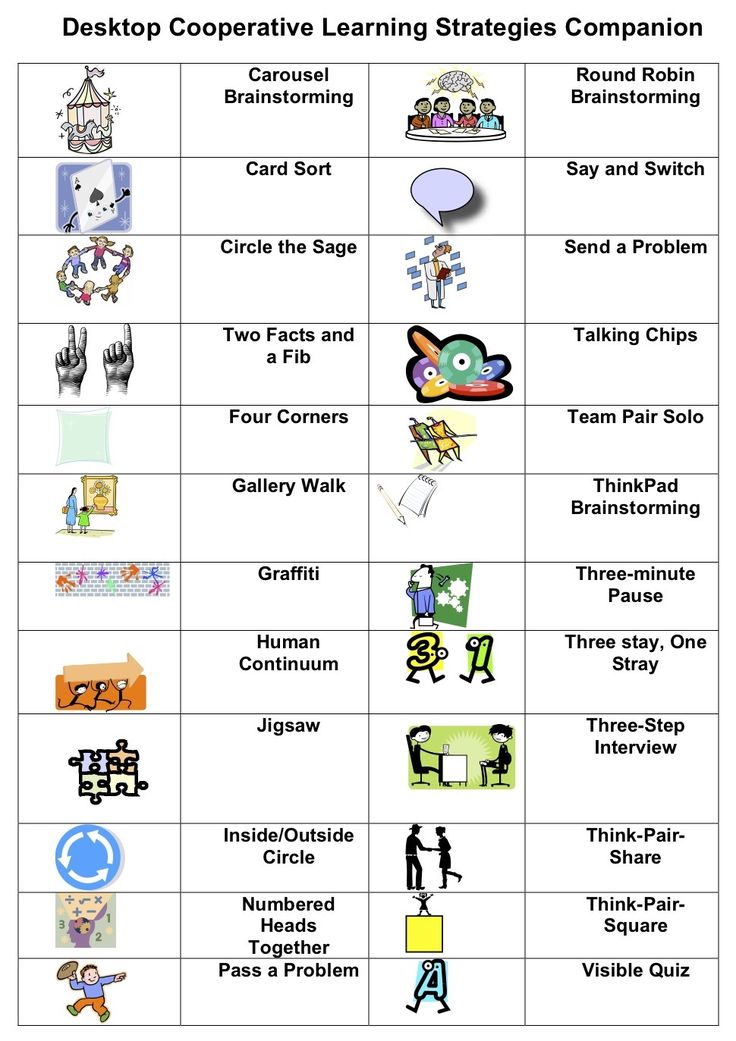 nine0009
nine0009
Let us give some examples of problems solved using the apparatus of the theory of cooperative games.
1. Choosing the best price.
Suppose that a party has enough raw material to sell it to other enterprises that can be united in the community or considered equal in it. It is required to determine at what price raw materials should be sold. This problem can be considered as a cooperative game n +1 persons [2].
2. Another interesting application of game theory n faces to the problems of the social sciences was an attempt to estimate the a priori distribution of power in different ways of voting in the legislature. The decision of the parliament is considered adopted if the number of votes cast for it exceeds a certain quota, which is determined by a specific voting procedure, for example, "a simple majority of votes" (more than 50% of the "yes" votes are required to make a decision). If there are three or more parties in parliament, it is possible that none of them has enough votes to pass a bill or take a decision; thus, to function effectively, parties need to join coalitions.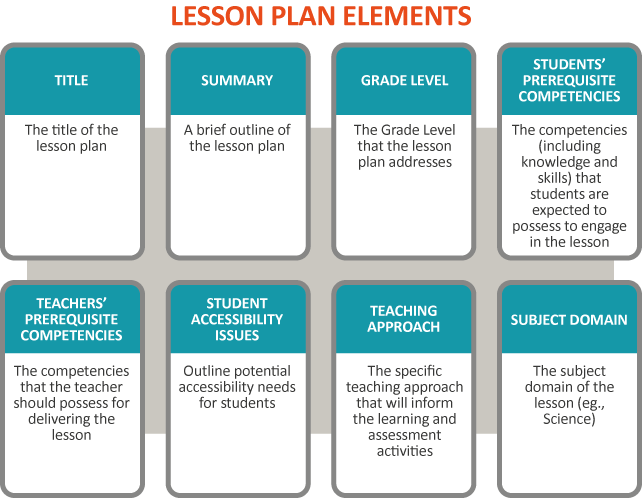 Of greatest interest are coalitions that can secure the required majority. Such coalitions are called winning. The more coalitions that a given party makes winning, the more opportunities it has to influence the outcome of the vote. At the same time, the power of influence of parties does not directly depend on the number of its votes. Therefore, influence indices are introduced that measure the degree of influence of a party in parliament based on the number of coalitions that the party makes winning. Important results in this area are presented in the works of the following authors: Shapley L.S., Deegan J., Packel E.W., Hoede C., Bakker R., Penrose L.S., Shubik M., Brams S.F., Affuso P.J. nine0009
Of greatest interest are coalitions that can secure the required majority. Such coalitions are called winning. The more coalitions that a given party makes winning, the more opportunities it has to influence the outcome of the vote. At the same time, the power of influence of parties does not directly depend on the number of its votes. Therefore, influence indices are introduced that measure the degree of influence of a party in parliament based on the number of coalitions that the party makes winning. Important results in this area are presented in the works of the following authors: Shapley L.S., Deegan J., Packel E.W., Hoede C., Bakker R., Penrose L.S., Shubik M., Brams S.F., Affuso P.J. nine0009
Similarly, using the apparatus of the theory of cooperative games, one can calculate the a priori distribution of forces in practical situations , which can be modeled by a cooperative game with the main player (game carrier), for example, in the United Nations Security Council.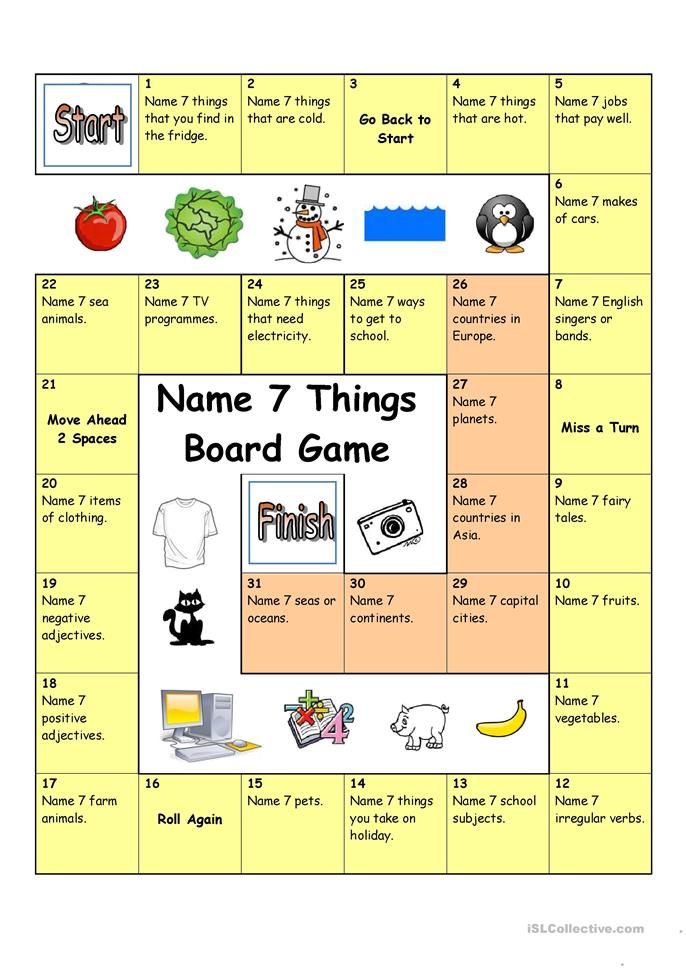 As you know, the Security Council consists of fifteen members: 5 permanent and 10 elected, while each of the five permanent members has the right of veto. In order for a decision to be passed, nine votes must be cast in favor of it, in the absence of a veto. To assess the influence of each member of this organization, various approaches can be used, the most famous of which is the Shapley-Shubik index
As you know, the Security Council consists of fifteen members: 5 permanent and 10 elected, while each of the five permanent members has the right of veto. In order for a decision to be passed, nine votes must be cast in favor of it, in the absence of a veto. To assess the influence of each member of this organization, various approaches can be used, the most famous of which is the Shapley-Shubik index
,
according to which the index of influence of each of the permanent members of the board, temporary members.
In the face of fierce competition, especially during the economic crisis, it is beneficial for small enterprises to survive in a larger form, for example, a concern. Naturally, during the merger, the question of the distribution of expenses and incomes between the coalition members will arise. For such situations, it is possible to construct models based on a cooperative game.
3. Distribution of income. nine0009
The aggregation of enterprises has a certain amount (we denote L ) of the resource, and the i -th enterprise needs l i the amount of the resource i =1,…,n.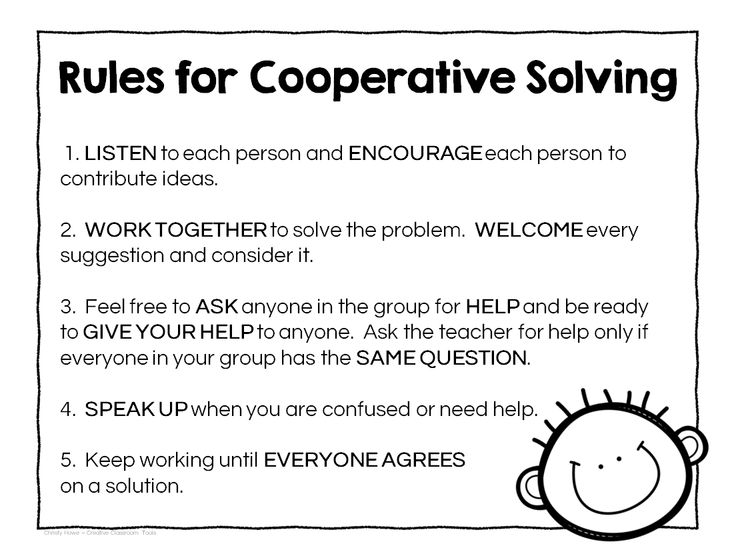 Then his income will be c i l i . Let all enterprises be profitable, i.e. c i - c >0, where c is the cost of the resource. You need to distribute income. This situation can be represented as a cooperative game with transferable utility:
Then his income will be c i l i . Let all enterprises be profitable, i.e. c i - c >0, where c is the cost of the resource. You need to distribute income. This situation can be represented as a cooperative game with transferable utility:
, x i =0, , ,
where v ( S ) is the income of the coalition S if it has the priority right to use the resource. To find v ( S ) it is necessary to solve a discrete programming problem (the so-called knapsack problem). Further,
a) if there is an excess of the resource, i.e. , then the game is also inessential, because ;
b) if , then in the case of the existence of C -kernel, we can take any division from it, otherwise we can take, for example, N - core.
Let's look at an example of how a correction can be used to obtain a solution that is both stable and "fair".
Let N ={1,…, n } be a set of potential consumers of a public service or an object of collective use. Each consumer can be served or not, for example, either connected to the local water supply system or not.
Costs are summed into a total cost function c ( S ), where S is any coalition of agents, and c ( S ) is the minimum cost of maintaining S in the most efficient way. Cost distribution is a vector ( x 1 , ..., x N ) such that x 1 + ... + x N = c ( N ). In other words, we want to serve all consumers and we want to share the corresponding costs. nine0009
An example of such a problem in the field of investment planning is the construction of a joint water supply system by neighboring municipalities. Consider a numerical example with three agents. Let the cost values for three cities A , b , C are the same: V ( { A} ) = 120, V ( b} ) = 140, v ( { C} )=120, v ( { A, b} ) = 170, V ( { A, C} ) = 160, V ( { b, C} ) = 190, V ( { A, B, C} )=255.
Reformulating the condition of the problem in terms of payoffs, we get the system:
; ; ; ; ; i =1,2,3
C - the core of this game exists and is a triangle with the center (51.7; 41.7; 31.7). Returning to the issue of cost distribution, we get the following division (68.3; 98.3; 88.3). This point is the N core, which can be considered some reasonable compromise. The Shapley vector (73.3; 98.3; 83.3) in this game does not belong to the C -core, although it is not very far from its center (this distance can be easily calculated). The question arises: what is the distance from the Shapley vector to the C -kernel and how to change the conditions of this game so that the Shapley vector belongs to the kernel.
In order to answer the first question, you need to solve problem
with the following restrictions:
; ;
In the problem posed, we obtain the distance from the Shapley vector to C - the kernel 8. 3333 conventional units and the nearest point of the kernel (45; 45; 35).
3333 conventional units and the nearest point of the kernel (45; 45; 35).
To move the Shapley vector to C -kernel, we can consider the following correction problem: nine0009
The practical meaning of the correction can be as follows: for example, there is a manufacturing company that intends to transfer part of the functions to a third-party organization, for example, a logistics company, a contractor for the manufacture of any parts of the unit, etc. It is possible to choose a partner. Obviously, the carrier of the game is the manufacturer. If the firms applying for participation in the coalition provide the same services, then the gain from the association will also be approximately equal. However, in a competitive environment, some firms can expand the range of services provided and thereby increase their value in the formation of a coalition. In the course of such changes, a very convenient solution can be obtained, which is at the same time0003 With -kernel, and Shapley vector and N -kernel.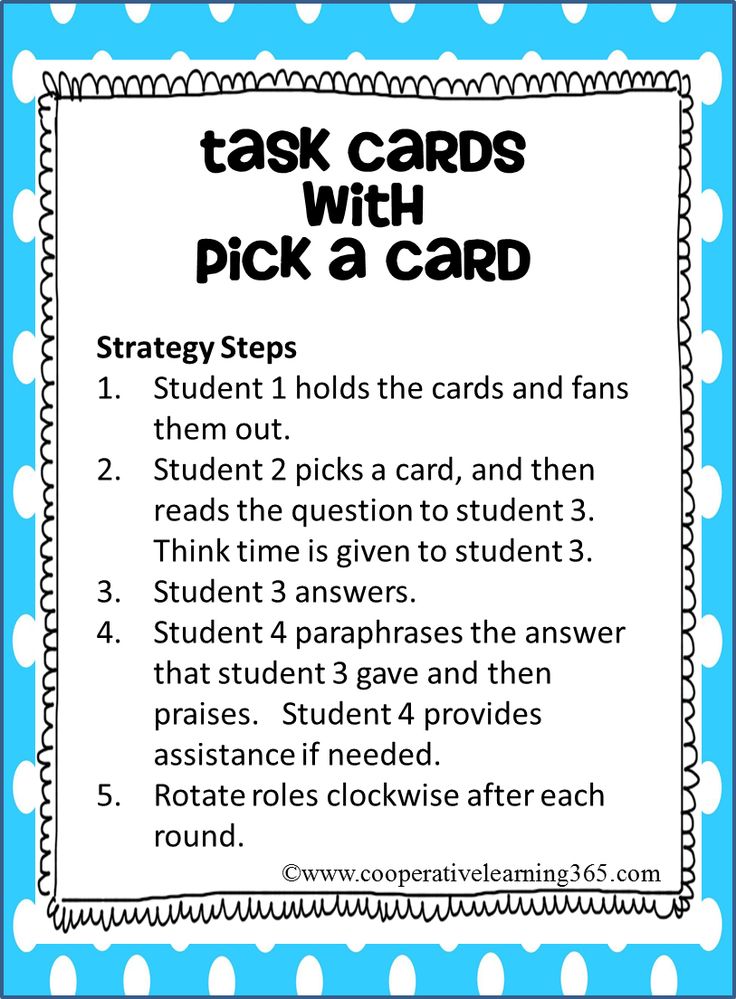
Literature
1. Gorelik V.A., Fomina T.P. Elements of game theory. - Lipetsk: LGTU, 1999. - 128 p.
2. Dyubin G.N., Suzdal V.G. Introduction to Applied Game Theory. - M.: Nauka, 1981. - 336 p.
3. Moulin E. Cooperative decision making: axioms and models. M., 1991.
4. Yankovsky N.A. Improving the efficiency of foreign economic activity of a large industrial complex [Electronic resource]: monograph. – http://pharm.stirol.net/lib/mon/index.html (date of access: 04.02.10). nine0009
Basic terms (automatically generated) : cooperative game, game, vector, decision quality, a priori distribution of forces, influence index, game carrier, decision making, cost distribution, number of votes.
development, production Children's cooperative board games
Cooperative board games are a type of board games where everyone plays against the game. Such games have a number of advantages. The main one, of course, is the team approach.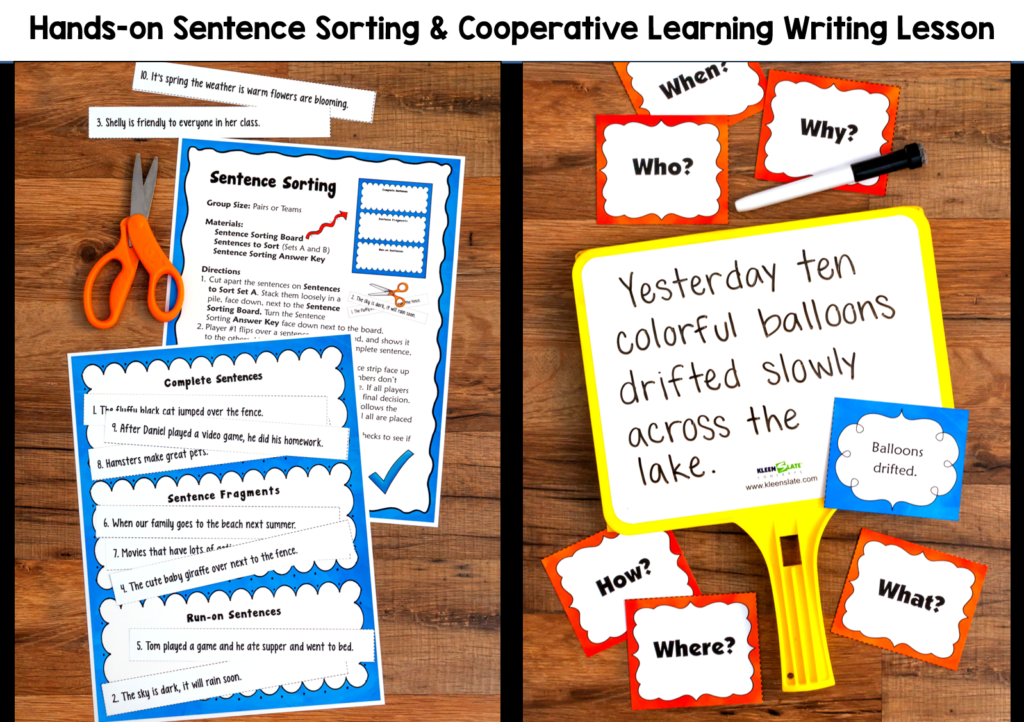 Participants work in such a game collectively, significantly increasing their chances of winning. They always have the opportunity to help each other if necessary. And secondly, there is no competition in such games, so losing the game is not as offensive as other players. Rather, even recklessly, the collective mind always strives to recoup. nine0009
Participants work in such a game collectively, significantly increasing their chances of winning. They always have the opportunity to help each other if necessary. And secondly, there is no competition in such games, so losing the game is not as offensive as other players. Rather, even recklessly, the collective mind always strives to recoup. nine0009
What kind of cooperative games are there
All existing games of the cooperative type are conditionally divided into three large groups.
Fully cooperative board games are games in which the participants collectively have to fight directly with the game. Winning or losing in such variations of games concerns all participants together.
Semi-cooperative is a variation of cooperative games in which a smaller part of the participants (one or more) fights with the majority of the players. nine0009
Examples of cooperative games
What are the best tabletop cooperative games? Of course, this is "Pandemic", where participants are invited to prevent the development of four terrible diseases in the world, as well as a darkly dangerous game "Zombicide", where players are invited to exterminate the resurrected dead in all possible ways.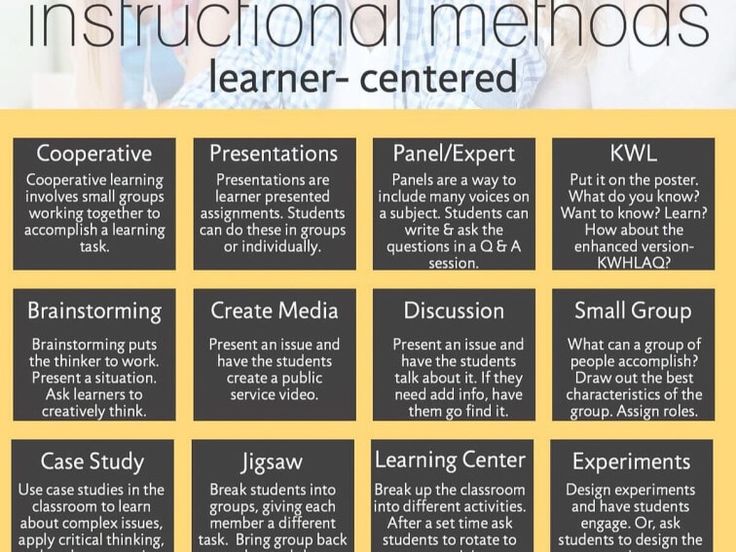 And for lovers of travel and exploits in the bosom of nature, the cooperative game "Robinson Crusoe" will definitely appeal. Vivid examples of this genre are the simple and colorful "Hanabi", the dangerous and merciless "Forbidden Island", the silent "MagoMarket", etc.
And for lovers of travel and exploits in the bosom of nature, the cooperative game "Robinson Crusoe" will definitely appeal. Vivid examples of this genre are the simple and colorful "Hanabi", the dangerous and merciless "Forbidden Island", the silent "MagoMarket", etc.
Co-op board games are suitable for those who do not like the presence of unhealthy rivalry and complex requirements in the gameplay. We recommend buying them both for inexperienced participants who are afraid of defeat from stronger and more experienced opponents, and for those who like to feel like they are in a team.
Cooperative games teach cooperation in a team, the development of a team spirit. Cooperative games allow you to pump fighting spirit and mutual assistance in friends. And it's just a lot of fun: fight together against the game! nine0009
Autumn is the best time to sit down with friends at the home table, lay out chips, cards and dice. Look At Me spoke with experts from the board game industry and compiled a list of new products for those who are already tired of Activity and Monopoly.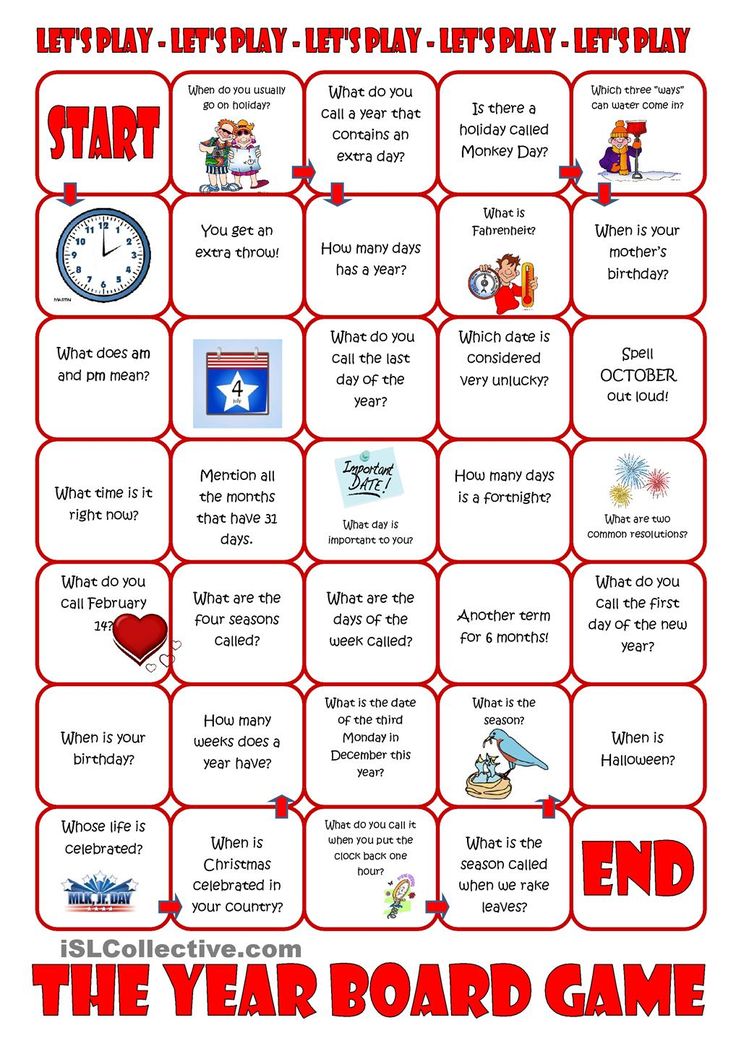 Among them are a wargame in the Star Wars universe, a kind of chess about insects, a Russian Kickstarter record holder and other options for leisure activities in the company.
Among them are a wargame in the Star Wars universe, a kind of chess about insects, a Russian Kickstarter record holder and other options for leisure activities in the company.
Spy's Find
A conversational game for the company, suitable for use at the table, at a party, on the train and in any other situation. All players find themselves in some place or in some organization, and one of them, on a whim of chance, falls into the role of a spy who has no idea where he is. Players take turns asking each other questions and giving answers in such a way as to give out enough information so that everyone else understands that they are “their own”, but at the same time not to blurt out too much, which could allow the spy to complete his task. nine0009
“A completely new game of domestic development. In it, all players have their own "role" and everyone knows the location in which they are located. Everything except the "spy", whom everyone is trying to figure out. Through conversations and leading questions, players try to figure out who is not yet aware of where the action is taking place. And the spy has 8 minutes to understand what object is being discussed and adapt to the current situation. I could say that this game is similar to the "mafia", but I won't, because I'm lying. Yes, the game is also about resourcefulness and eloquence, but the abundance of different situations, plots and roles make it much less annoying. nine0009
Through conversations and leading questions, players try to figure out who is not yet aware of where the action is taking place. And the spy has 8 minutes to understand what object is being discussed and adapt to the current situation. I could say that this game is similar to the "mafia", but I won't, because I'm lying. Yes, the game is also about resourcefulness and eloquence, but the abundance of different situations, plots and roles make it much less annoying. nine0009
"7 Wonders"
"Beautiful and clever game about the formation of civilization on the example of ancient cities. Equally well suited for any number of players (can be from 3 to 7 people) , does not require deep study of the rules and allows you to play an eventful game in just 30 minutes. It will appeal to both beginners and experienced players and will make you ask for “additives” after the first meeting.”
“A card game as sudden and changeable as the weather in Tibet.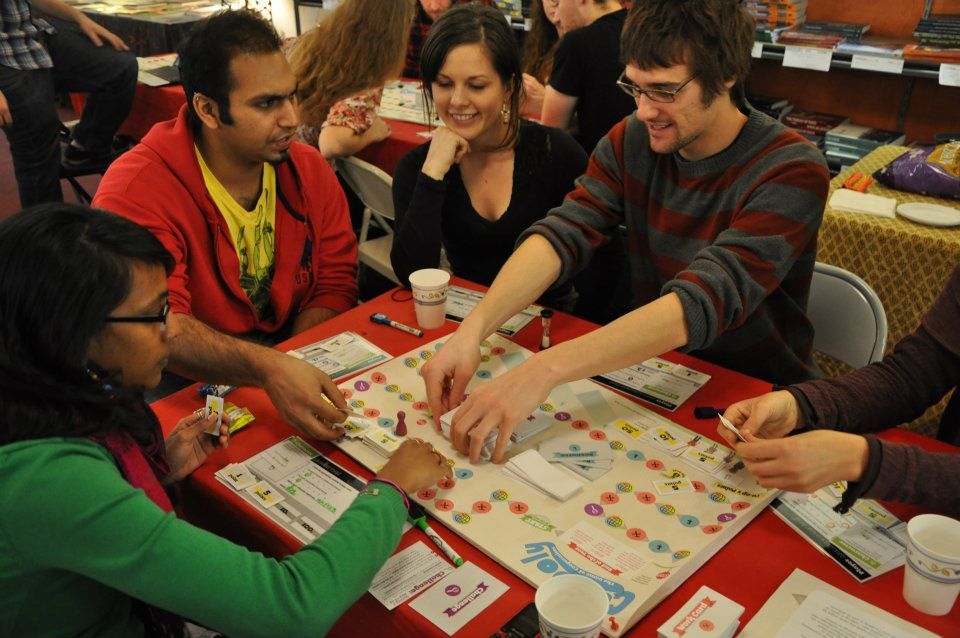 Its rules are easy and relaxed, the game is perfect for both "hardcore" players and people who have not played anything other than Monopoly. In general, Fluxx is suitable for both friends and family, so the game is popular all over the world. The set consists of cards that have a variety of "goals of the game". With each move, the rules can change, the sacred task of all players is to contrive and build a short-term strategy to fulfill the conditions of the current goal. nine0009
Its rules are easy and relaxed, the game is perfect for both "hardcore" players and people who have not played anything other than Monopoly. In general, Fluxx is suitable for both friends and family, so the game is popular all over the world. The set consists of cards that have a variety of "goals of the game". With each move, the rules can change, the sacred task of all players is to contrive and build a short-term strategy to fulfill the conditions of the current goal. nine0009
"Pandemic"
"Team game in which up to 5 players can unite in the fight against deadly viruses that threaten all of humanity. It is the cooperative component that distinguishes Pandemic from most games, only everyone can win or lose here, so players are forced to communicate, make joint plans and solve puzzles thrown up by the game system at every turn. With an adjustable difficulty level, the game can be adapted to players of all ages.” nine0009
Hollywood
“One of the few games developed in Russia on a European level: both we and ‘they’ like the plot.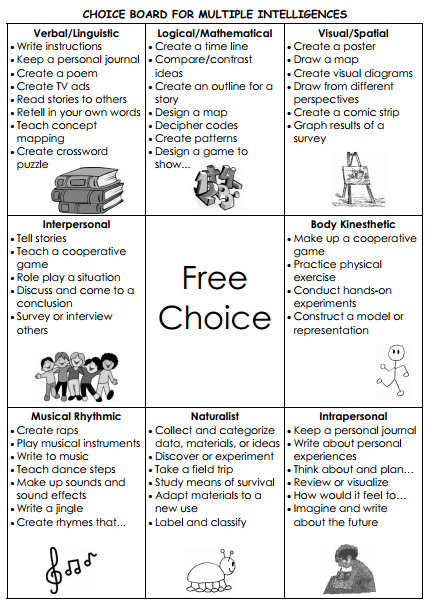 According to it, the players act as directors of films - they need to assemble the "most commercially successful project" and the "Oscar-winning" team in three stages: determine the genre of the film, conduct a "casting" of all the necessary workers, compete for the necessary actors or other personnel at the auction stage , while not breaking the budget and finally making a film. On Kickstarter, the project raised over 300% of the required amount. All illustrations in the Russian version are unique - the most authoritative directors and actresses of our time are depicted on the cards. nine0009
According to it, the players act as directors of films - they need to assemble the "most commercially successful project" and the "Oscar-winning" team in three stages: determine the genre of the film, conduct a "casting" of all the necessary workers, compete for the necessary actors or other personnel at the auction stage , while not breaking the budget and finally making a film. On Kickstarter, the project raised over 300% of the required amount. All illustrations in the Russian version are unique - the most authoritative directors and actresses of our time are depicted on the cards. nine0009
Eight Minute Empire
“A tiny strategy that opens the door for beginners to the interesting and educational world of board games. It clearly demonstrates that modern board games are not fun with a field where you need to move chips by throwing dice, but serious intellectual entertainment that requires analytical skills, the ability to take risks, predict the situation and use limited resources economically.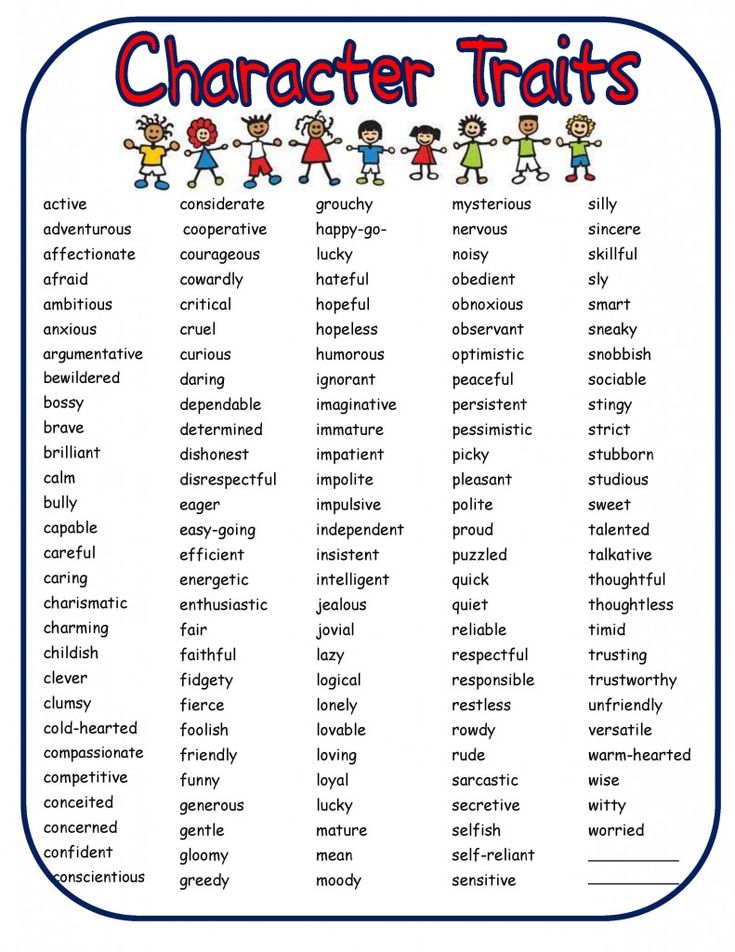 And all this - in just 8 minutes!
And all this - in just 8 minutes!
"Beehive"
"An abstract dueling strategy reminiscent of chess, but completely different from it. Commanding ants, spiders, grasshoppers and other bugs, you need to surround the opponent's queen bee and prevent them from taking your own. The games click one after another, like seeds, and the wear-resistant material of the chips will allow you to lay out the "Beehive" even on the table, even on the beach, even in a snowdrift.
Star Wars: X-Wing. Game
with miniatures
"The most anticipated wargame in the Star Wars universe. The desktop interpretation of space combat has two distinctive features that distinguish the game from the class of similar ones. Firstly, it has a low entry threshold of (at the same time, the audience, accustomed to "hardcore" games, still has the most tender feelings for this toy) . Secondly, the game will be released immediately ready, that is, players will not need to buy additional miniatures.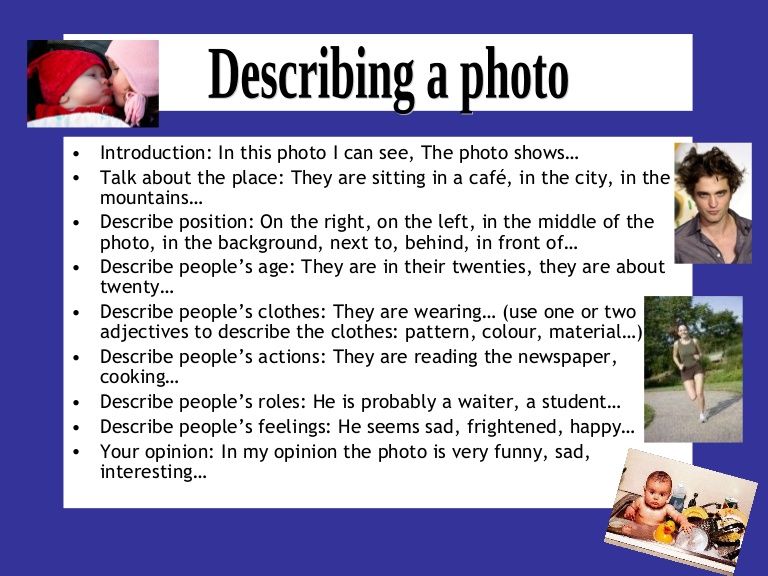 At the same time, the possibility of collecting is present, and, if you really want to, you can expand your armies. Miniatures, by the way, of heavenly beauty, will be released already painted. nine0009
At the same time, the possibility of collecting is present, and, if you really want to, you can expand your armies. Miniatures, by the way, of heavenly beauty, will be released already painted. nine0009
Pokémon
“A TCG game is a collectible card game in which it is impossible to limit yourself to buying one set of cards, but you need to constantly spend money on add-ons and increase your collection. Unlike other card games like Magic: The Gathering, Pokémon is fairly simple, but still quite strategic and deep. The main characters here, as you might guess, are the characters from the video games and animated series of the same name. The release of Pokémon in Russian makes us hope that a community of players will develop in Russia, or at least in Moscow, and maybe official leagues will open. nine0009
The editors would like to thank studios PHOTOPLAY for help in organizing the shooting
Two unconditional hits are the games Dobble and Barabashka.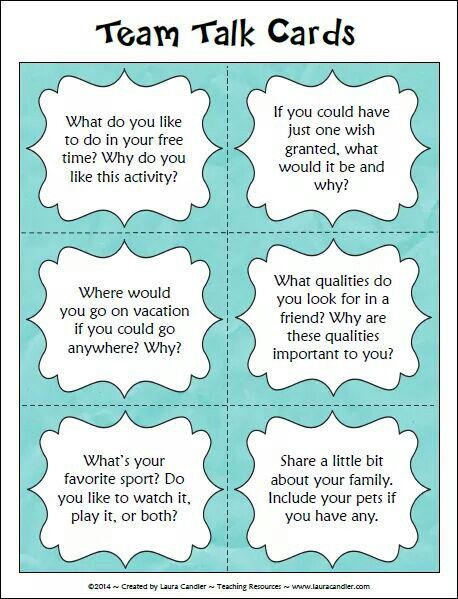 Both games are fast, playful, with simple rules and a low price. All this makes them popular favorites and bestsellers!
Both games are fast, playful, with simple rules and a low price. All this makes them popular favorites and bestsellers!
Add to cart
The best board games for children
Children don't go to Africa for a walk, but let's play games with us! And at the same time determine the best board game for children nine0267: gentle Sleeping Queens, dynamic Speed Caps, gorgeous Cheese Castle… Games from different price ranges, but equally beautiful.
Vampires are looking for a cozy grave to get through the day. Don't worry, they are completely harmless and very cute. Vampirchiki is a game of attentiveness and visual memory. Up to 6 players can play at the same time.
The Vampires board game contains 60 funny vampires in 6 colors. Before the first rays of the sun touch the ground, they need to hide in the cemetery... There are 60 graves on the playing field, on which the covers are randomly laid out (they are colored on the reverse side). The task of each player is to get rid of all their vampires by placing them in graves with matching lids. nine0009
nine0009
Add to cart
Build your own kingdom by laying out patches with different landscapes in a domino pattern. Patchwork Kingdom is a real compact blitz strategy. The game takes only about 15 minutes, but this time is filled with intense rivalry and the constant need to make difficult choices.
Winner of the German Game of the Year (Spiel des Jahres) 2017.
Add to cart
Forbidden Island was repeatedly nominated and awarded as the best children's game, the best family game and even the best graphic work. . A small part of his awards: German Game of the Year nominee Spiel des Jahres (2011) Golden Geek Best Board Game - BoardGameGeek.com's most respected board game award (2010), Mensa Select Winner 2010 - America's Game of the Year. nine0009
The stand-alone game Pandemic: Fall of Rome stands apart, where players will have to prevent the fall of the Roman Empire.
Pandemic - Games 100 Best Family Game and Multi-country Game of the Year winner , specifically:
- 2008 JoTa Best Cooperative Board Game Winner
- 2008 Meeples" Choice Award
- 2008 Tric Trac d "Argent
- 2009 Boardgames Australia Awards Best International Game Winner
- 2009 Deutscher Spiele Preis Best Family/Adult Game 3rd Place
- 2009 Gouden Ludo Winner
- 2010 Australian Games Association Game of the Year
- 2011 Ludoteca Ideale Official Selection Winner
In the co-op detective game Tricky Fox, players will have to find out who stole the pie.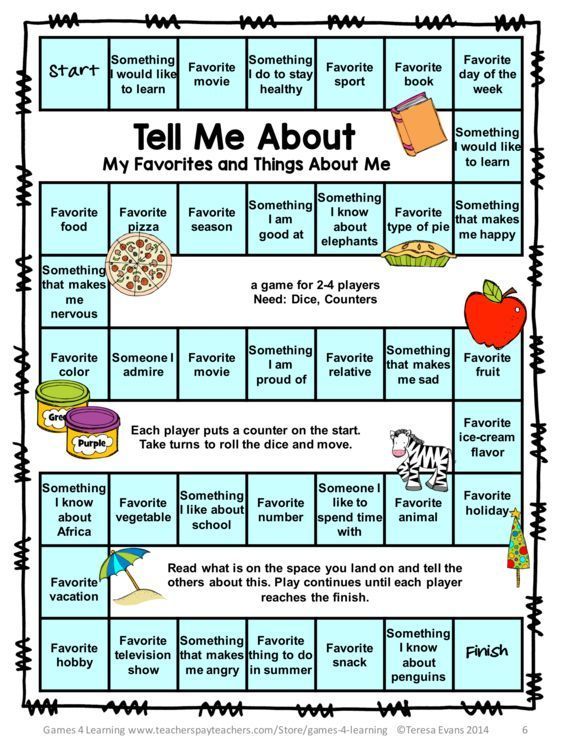 You will have to act together, studying the clues and applying deductive thinking. As they try to capture the guilty fox, players will learn to evaluate probability, pay attention to details, and learn about the importance of teamwork in solving problems. Happy investigation! nine0009
You will have to act together, studying the clues and applying deductive thinking. As they try to capture the guilty fox, players will learn to evaluate probability, pay attention to details, and learn about the importance of teamwork in solving problems. Happy investigation! nine0009
Add to cart
Cunning Fox game rewards:
- 2018 - Winner of the French award As d "Or in the nomination Best game for children (Jeu de l" Ann? e Enfant Winner)
- 2017 - recommended game according to the German Spiel des Jahres award in the category Children's Game of the Year (Kinderspiel des Jahres Recommended)
If the players are not ready to share the victory with their comrades, then you can take on puzzles : a sea of the most beautiful and exciting puzzles for every taste! In our daily updated ranking of puzzle hits, Uncle's Farm is the leader. Players will have to think hard to fit a huge tractor and all the pets in a small yard! You can read about other puzzles in the big review from Igroveda.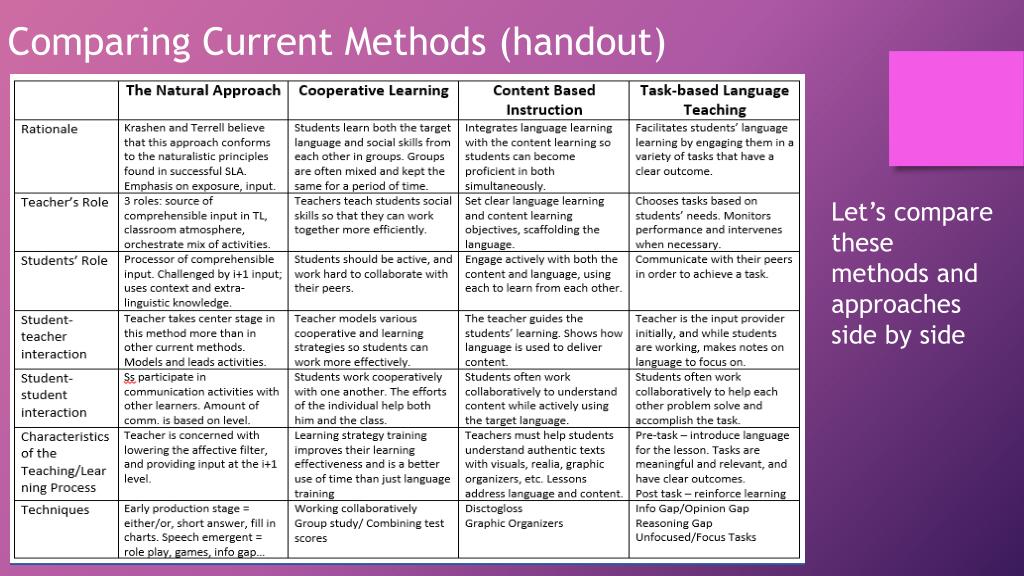 nine0009
nine0009
The best board games for the company
The family is also a company, so the best board games for the family are also great to play with friends. The same Dixit, for example, is completely universal. Not without reason, the Dixit Odyssey board game for 12 participants was published especially for large companies.
Two other series of games - wonderful Activity and Alias have been recognized for a long time, loved by many and sometimes played to holes.
If you're looking for fresh ideas, Concept is at your service, which in 2014 won the best board game for the company at the Cannes International Games Festival! nine0009
Welcome to the world of the Wild West! Join the big train heist in the fun Colt Express.
Bandits jump on the roof of the train and shoot at each other, the poor passengers hide their heads under the seat in fear. What should you do? Join the bandits and try to loot as much as possible!
Add to cart Add to Shopping Cart
Is winter far away? Who has dragons? How do you say thank you in Dothraki? Who will get the Throne of the Seven Kingdoms in the end?! You will find out the answer to the last question by playing the epic Game of Thrones! Perhaps the Iron Throne will be yours? You can't wait - Westeros is waiting for you! Fight the wildlings, make alliances with other Houses (but remember: in this cruel world of betrayal, no one can be trusted), seize lands and achieve Victory! nine0009
Add to cart
The best board games for skill
It seems to you that the game table has become too quiet, everyone is focused on strategy.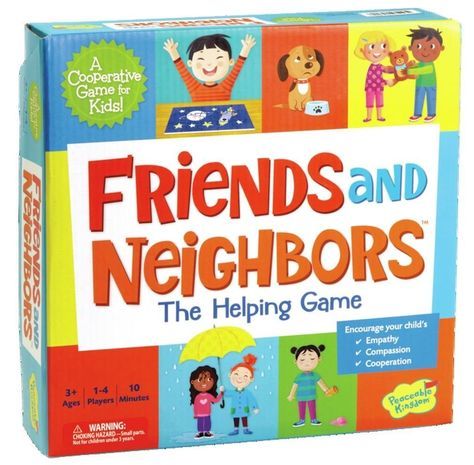 Time to shake up the company and make some noise! We have of the best skill board games at our disposal .
Time to shake up the company and make some noise! We have of the best skill board games at our disposal .
This little red airplane is a real miracle when cornering! And your task is to show miracles of dexterity and change the flight path in time!
Pilot Louie (4+) is a game that will make everyone happy! Toddlers adore the cheerful pilot, older children try to send Louis into a beautiful turn, groups of adults succumb to fun excitement. nine0009
Add to cart
What does it cost us to build a house! And even a castle. But that's bad luck - the details for construction differ in a wide variety of forms, not at all like convenient bricks! Half a kingdom for a horse for a sense of balance!
Bausak is an amazing game! Heavy smooth wooden parts are very nice to hold in your hand! And the combination of white and burgundy colors pleases the eye.
Add to cart
The balancing surface and the many figures on it is a board game
Bamboleo! The task of the players is to collect as many figures as possible without disturbing the balance! Who can overcome the excitement and show amazing dexterity?! The game perfectly relieves stress and sets in a positive way!
Add to cart (updated every month) the most popular games to help you!
Among all desktop entertainments, a special genre stands out, which has many admirers.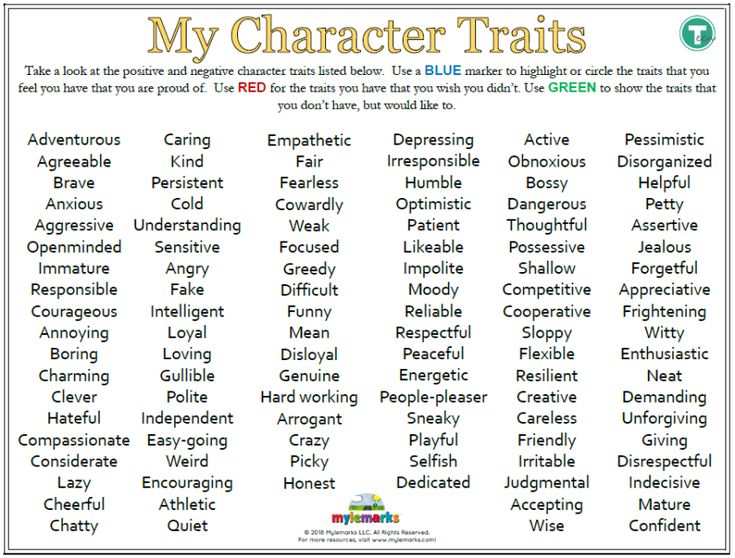 This type of games is preferred by those who do not want to feel disappointed by losing to an opponent, oppose themselves to other players, and do not like conflict situations in general. All of the above conditions combine cooperative board games. And the list of their benefits is quite impressive:
This type of games is preferred by those who do not want to feel disappointed by losing to an opponent, oppose themselves to other players, and do not like conflict situations in general. All of the above conditions combine cooperative board games. And the list of their benefits is quite impressive:
- common goal for all players: victory over the game itself (more precisely, over game mechanics), which is very useful for meeting friends or having a family evening;
- the opportunity to prove yourself as a team leader by offering other players your plan of action during the turn;
- a journey through fantastic places, discovering amazing worlds, and all this in the company of close people;
- the amazing atmosphere that the gameplay itself creates: often the players win already in the last moves, when the defeat is already close (or another option: at arm's length there is no trace of victory and the whole team collapses) - such joint emotional experiences are very impress; nine0403
- a fairly high difficulty can be both a plus and a minus, but this is offset by the ability to customize the party to your taste in such games, so that the difficulty level can be adjusted;
- team building, which is developed when playing co-op, when everyone can lend a shoulder to a friend and get help in a dangerous situation.

Over the decades, co-op board games have evolved into several varieties, so there are plenty to choose from for picky players:
- a full-fledged cooperative, when victory is achieved only through cooperation and mutual assistance between the players, they fight against the game mechanics according to special rules, and the loss or gain is one for all;
- game with a traitor, implying the same conditions as the previous version, but with one addition that greatly affects the gameplay: there is a hidden traitor in the team, who has his own goal, and his victory often means the collapse of the rest of the players; nine0403
- is one against all, when the role of the main antagonist goes to one of the participants in the game, and the whole team is no longer fighting with cold mechanics, but with the human mind.
Co-op board games are very popular. Interest in them has especially increased in the last decade, because they provide a great opportunity to feel closeness and unity with friends and family, having experienced an exciting adventure in a pleasant company.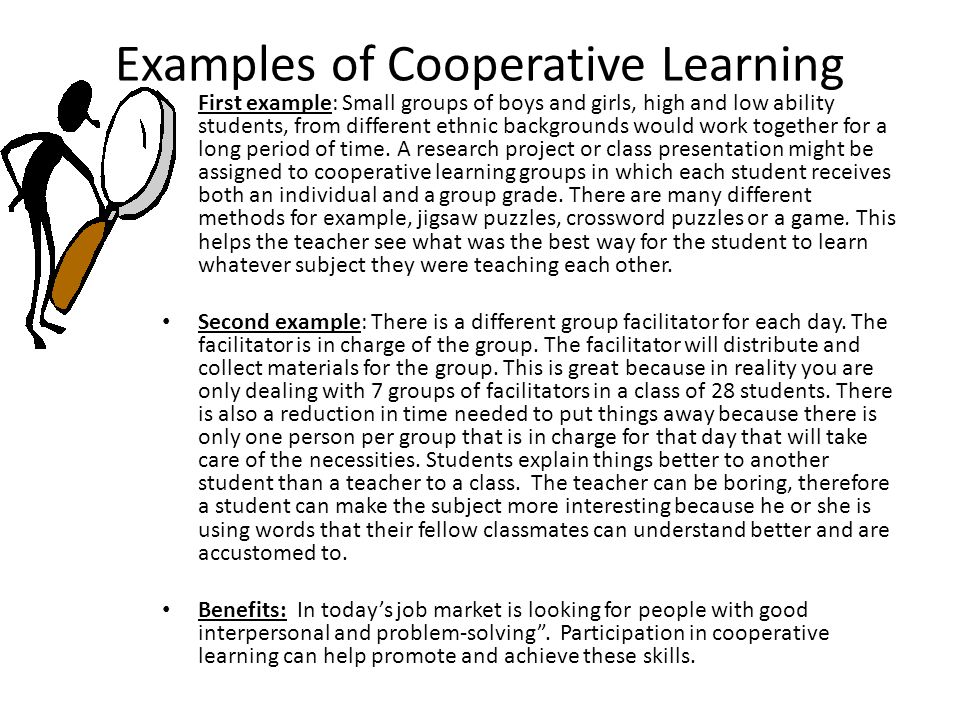
Below are our top co-op board games nine0267!
Robinson Crusoe - a board game where the main goal of the players will be a joint struggle for survival on a conditionally uninhabited island. Everyone will choose one of the four characters and will try to do everything so that the next day comes for him, from home improvement to treasure hunting. In contrast to personal interests, the game has a cooperative game rule, where the participants will try to act together to achieve the goal!
Every person communicates daily with people around him, and the older we get, the wider the circle of our communication. At first, the child builds relationships with parents and close relatives, then with friends in the yard and school, having matured with colleagues at work... Communication skills, the ability to work in a team and the art of communication are essential character traits, without which it is almost impossible to live in our society. progressive world.